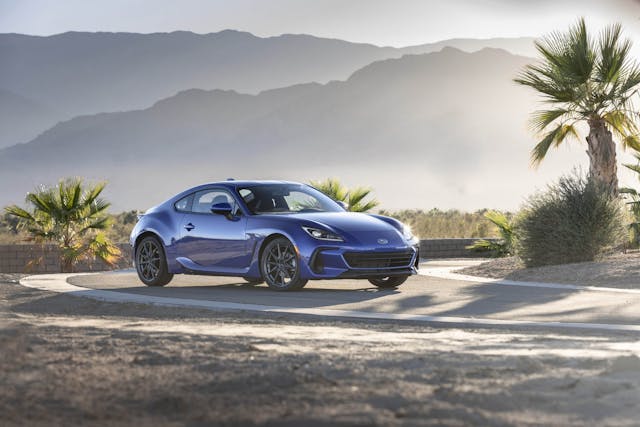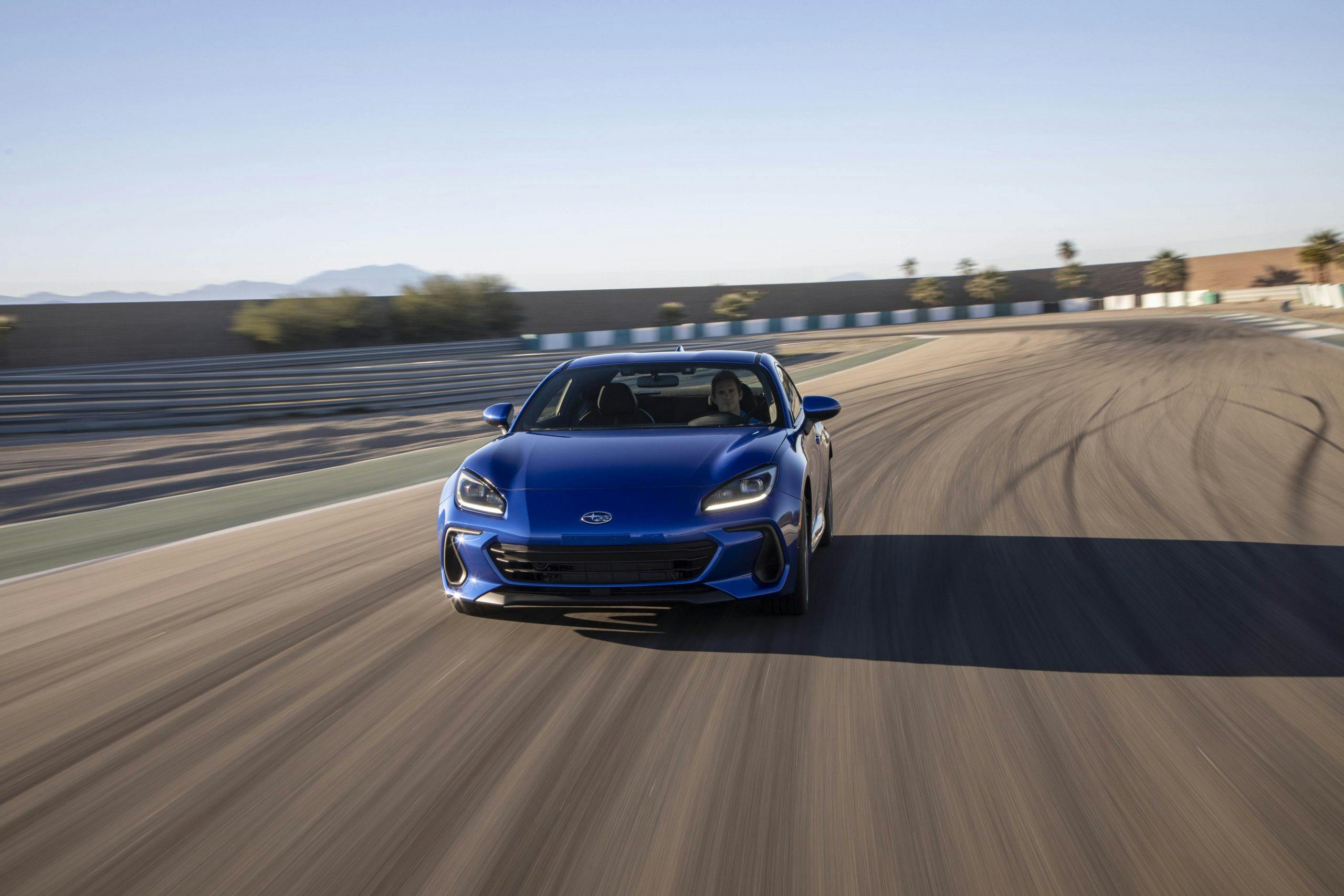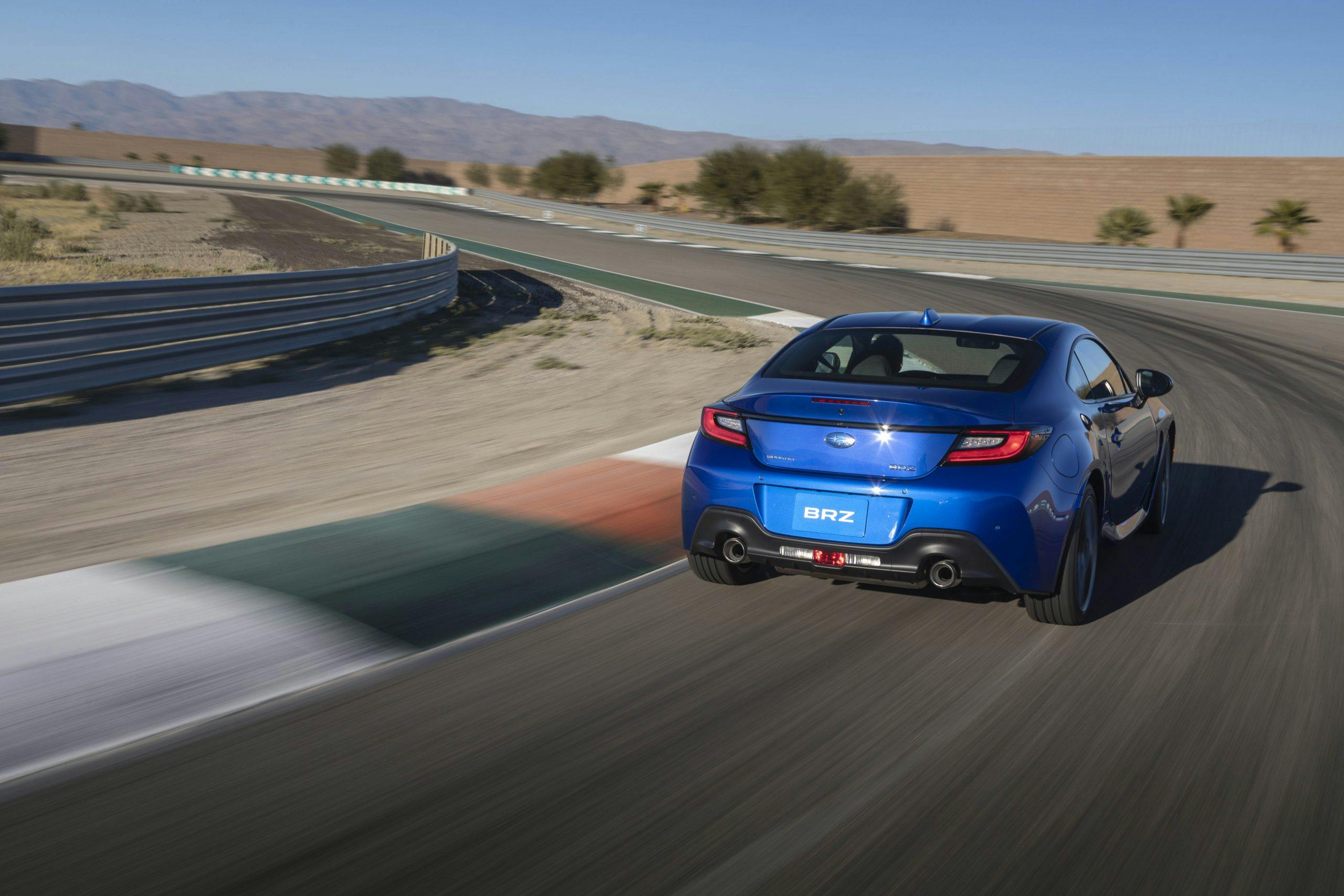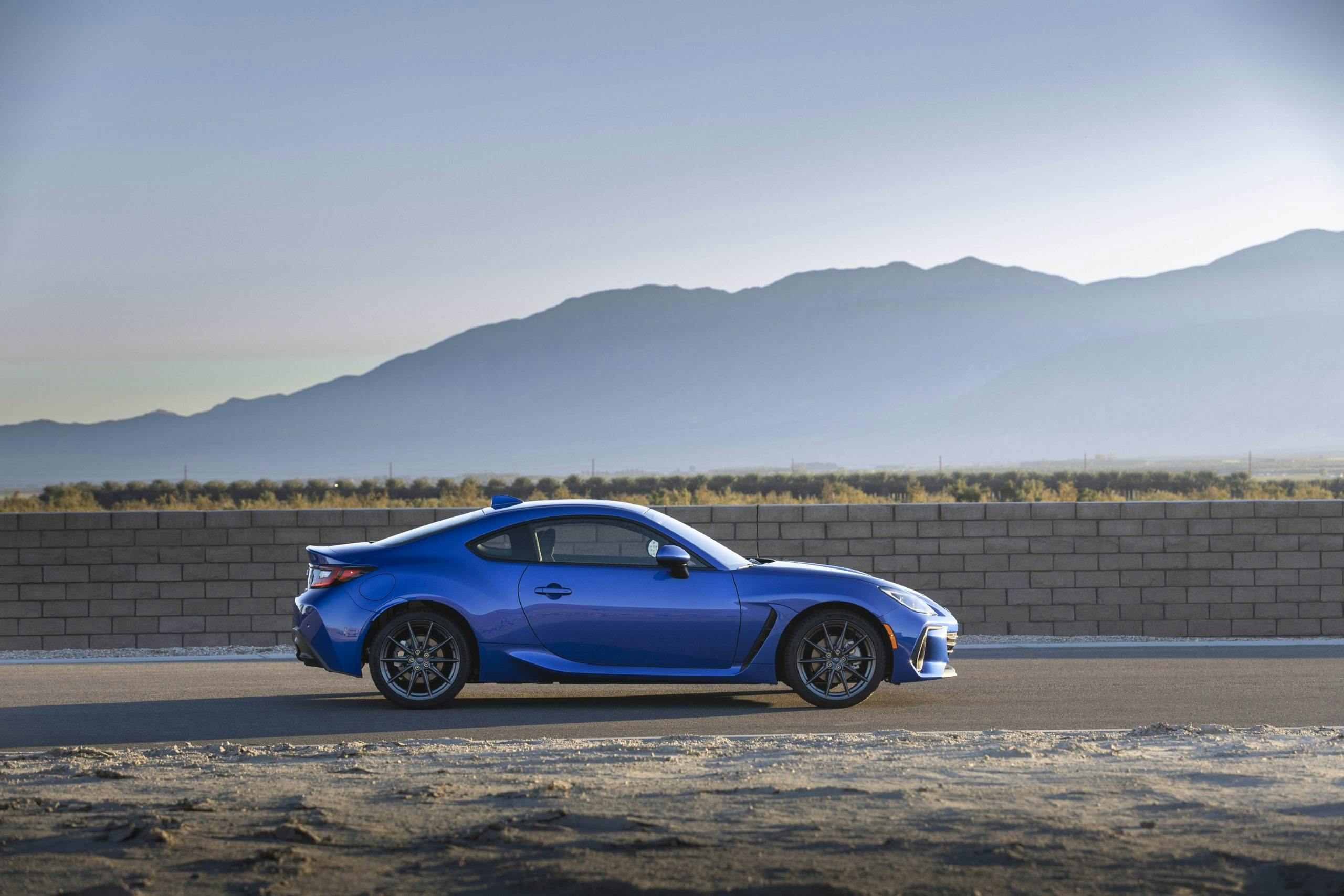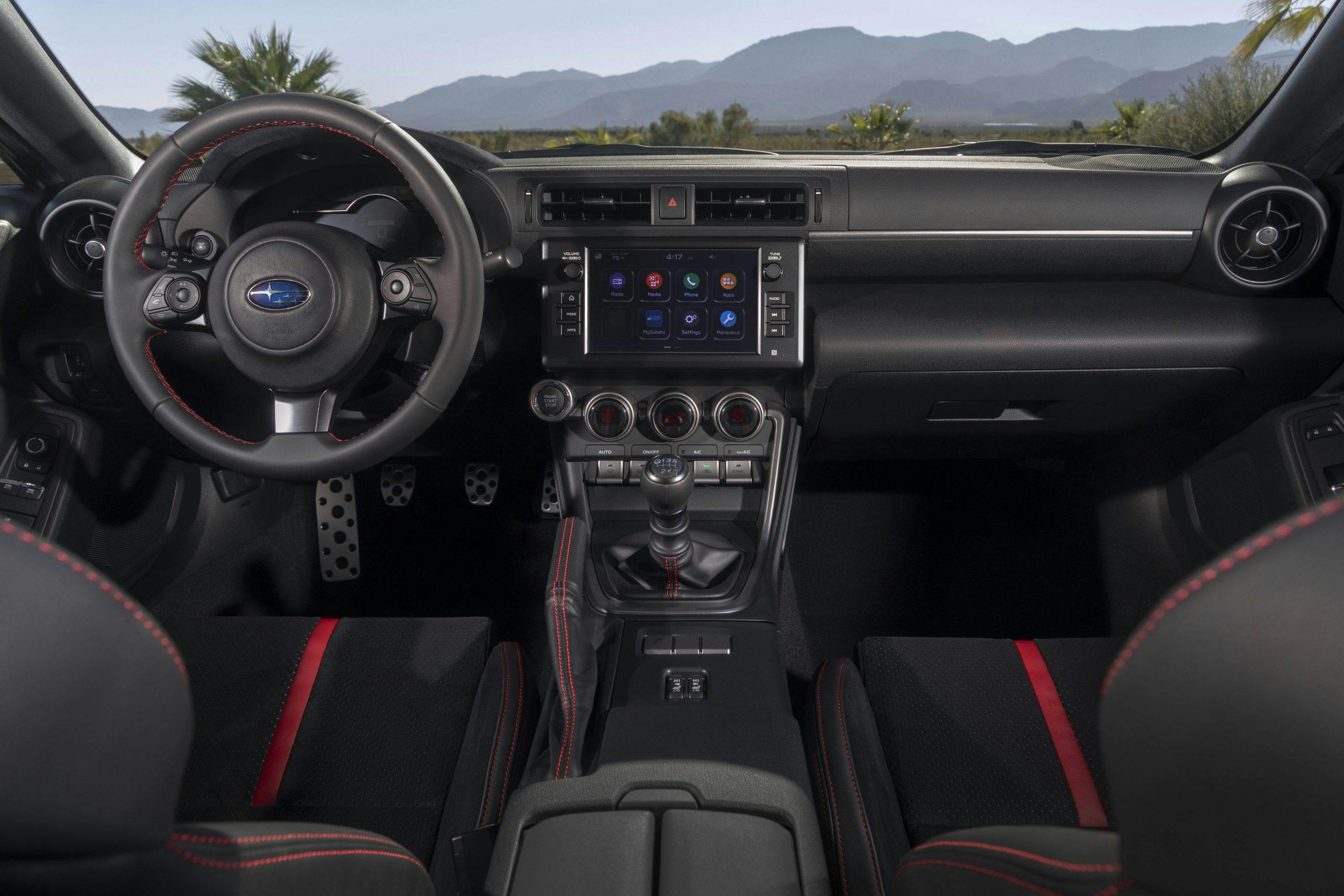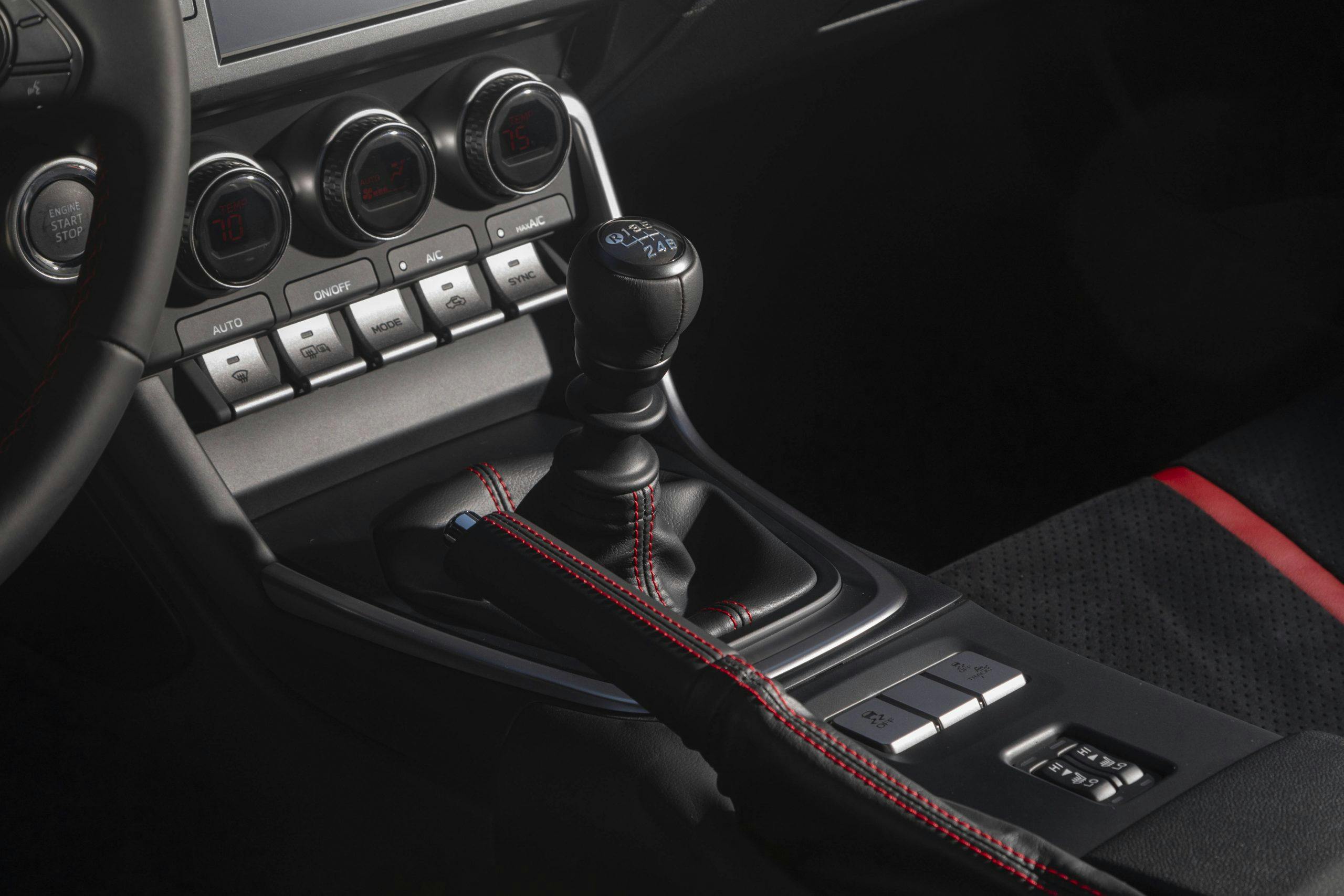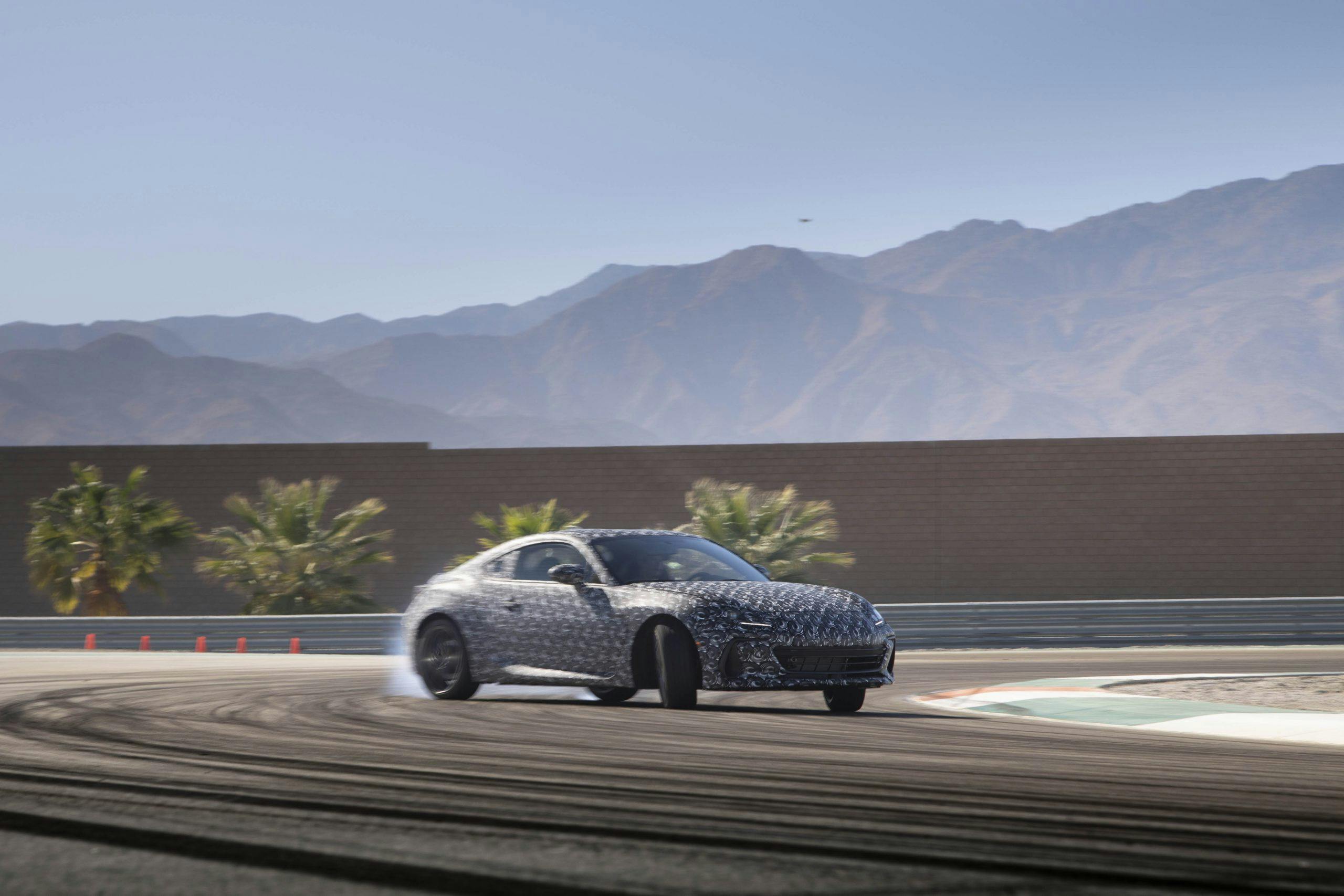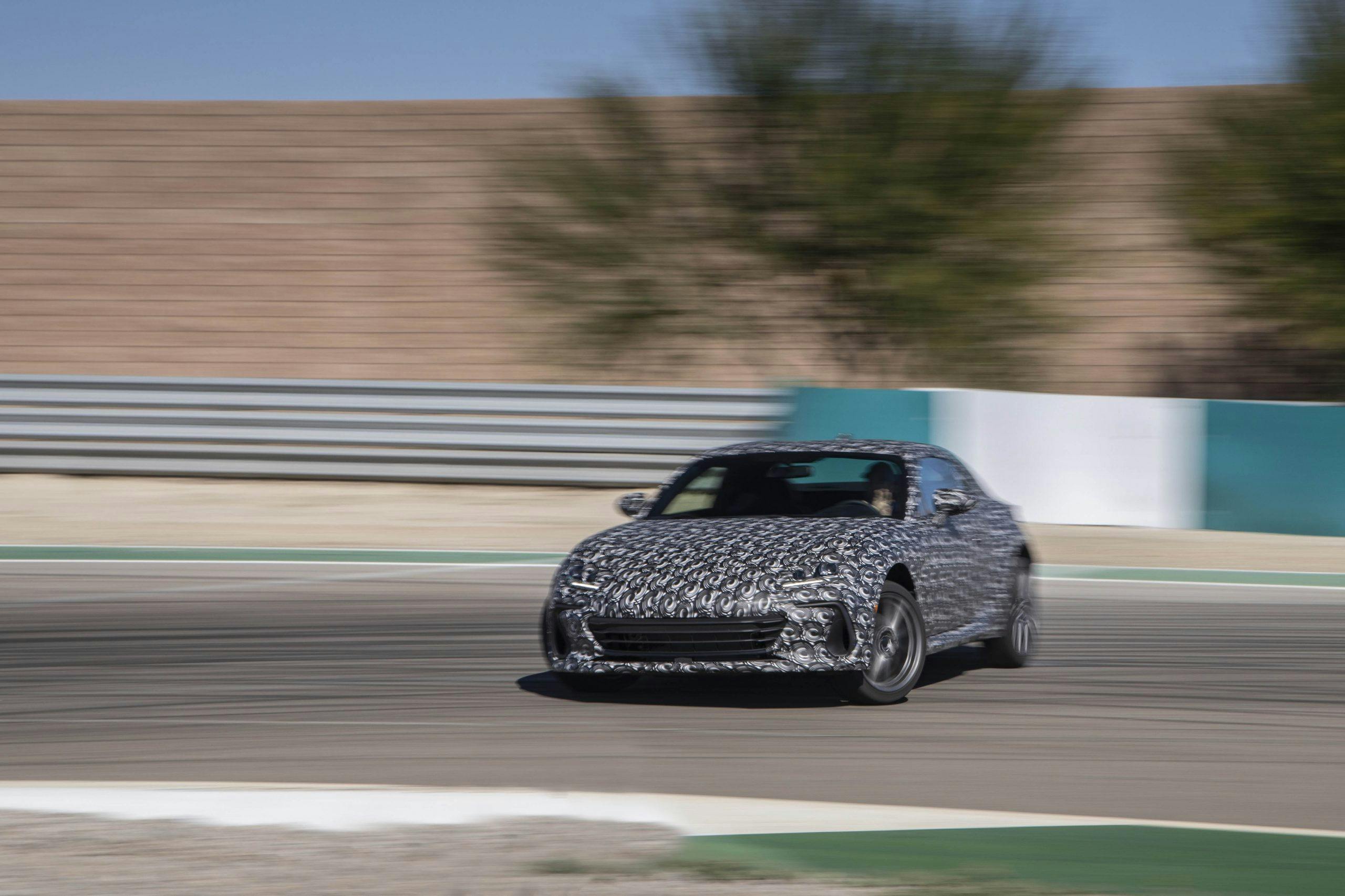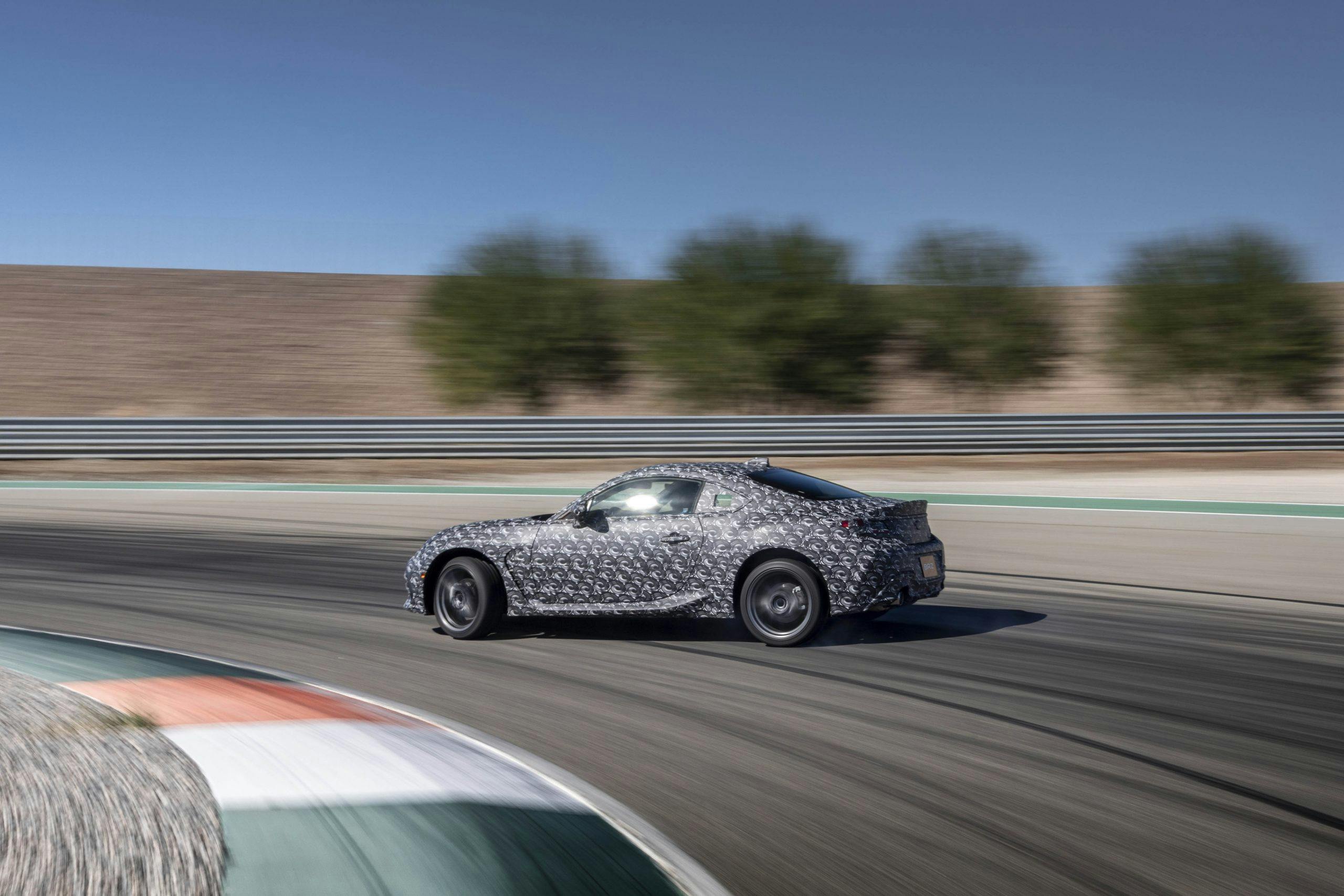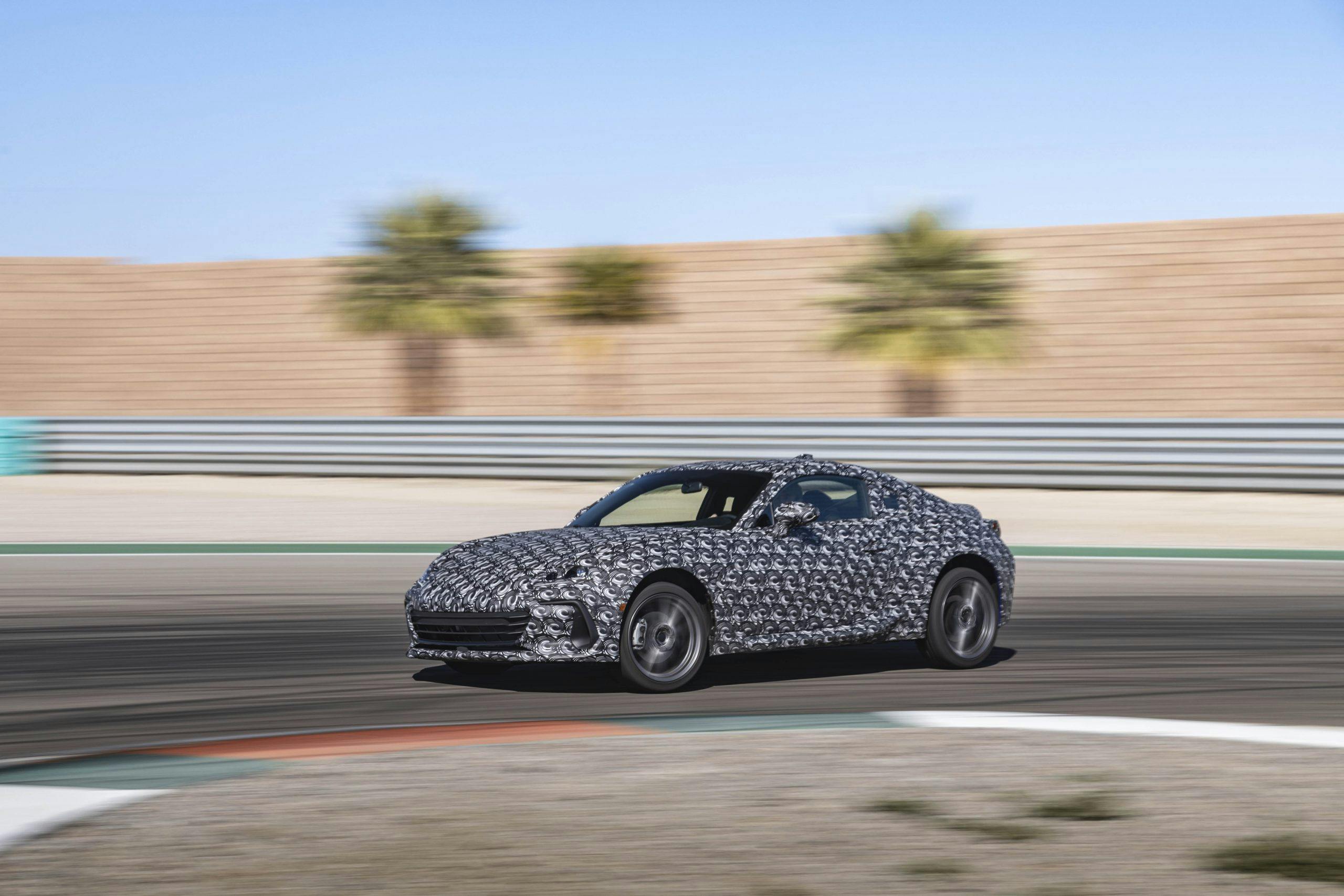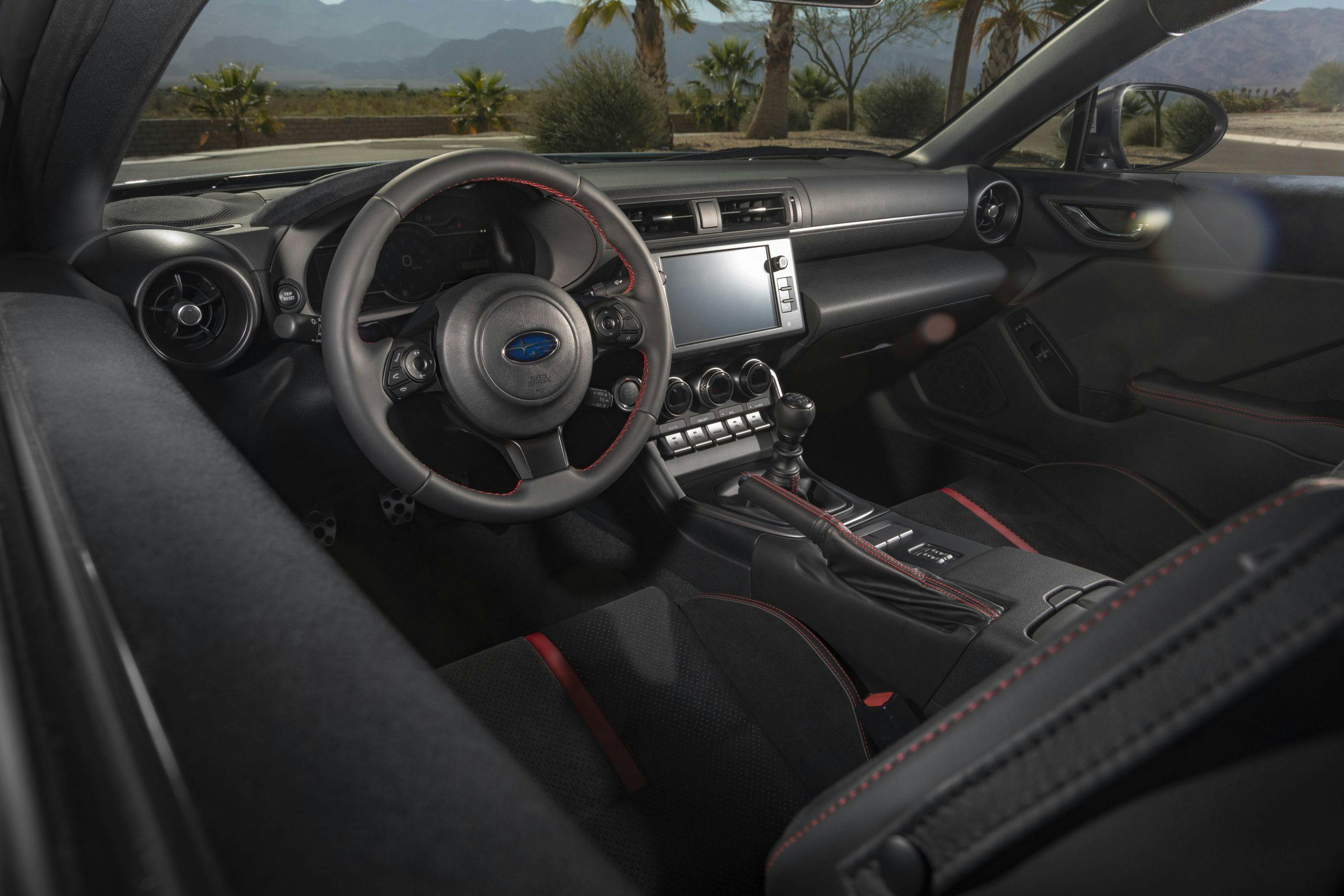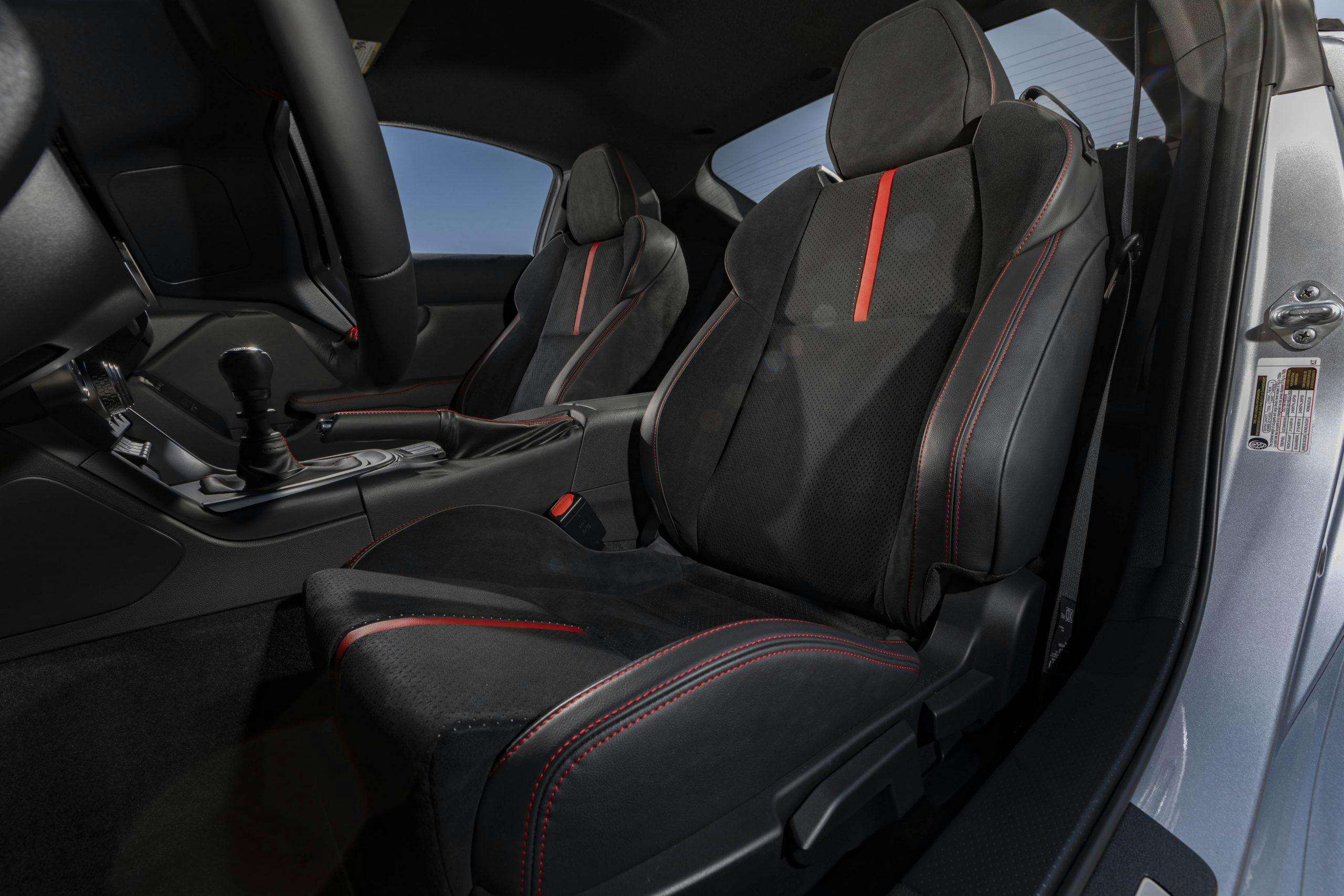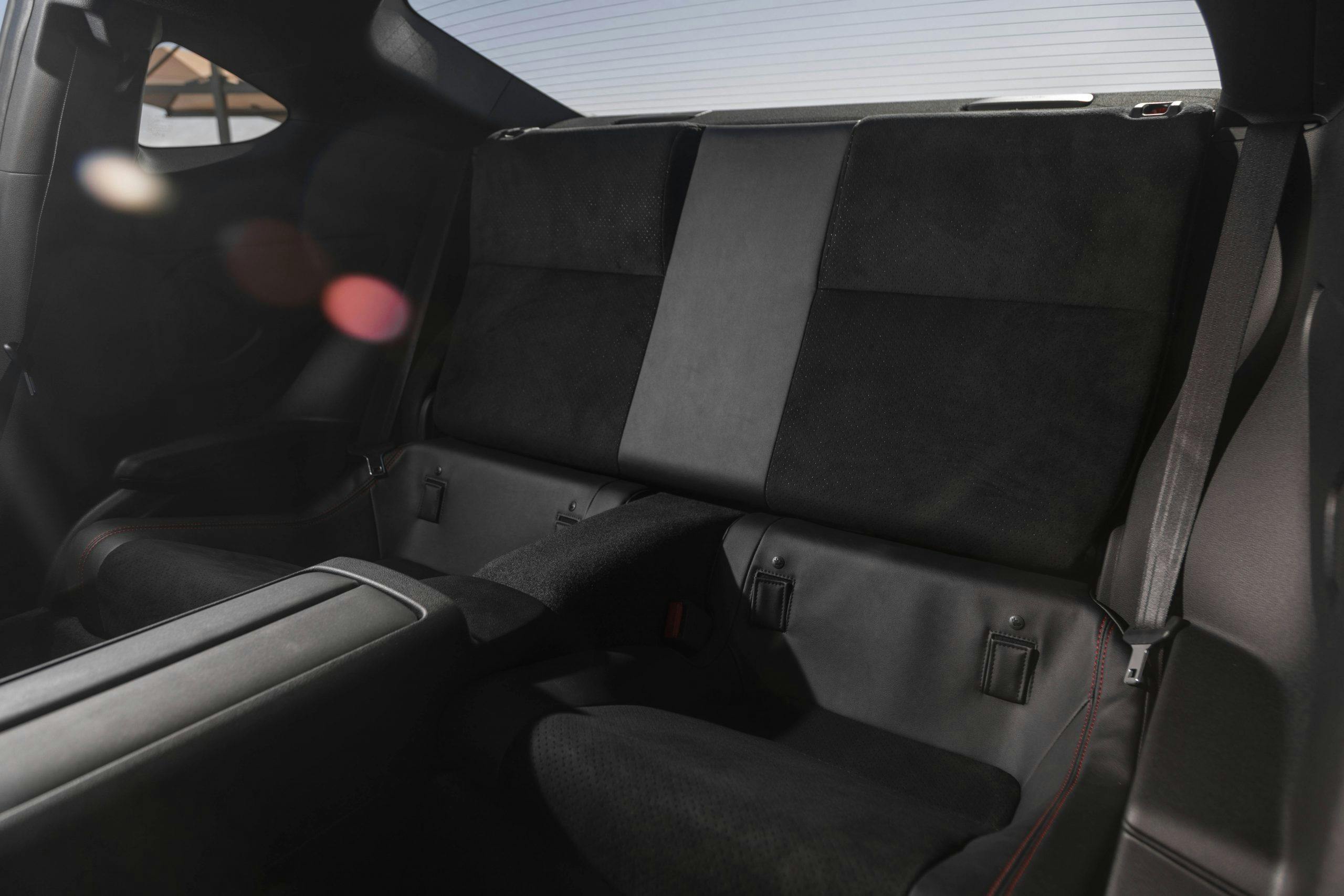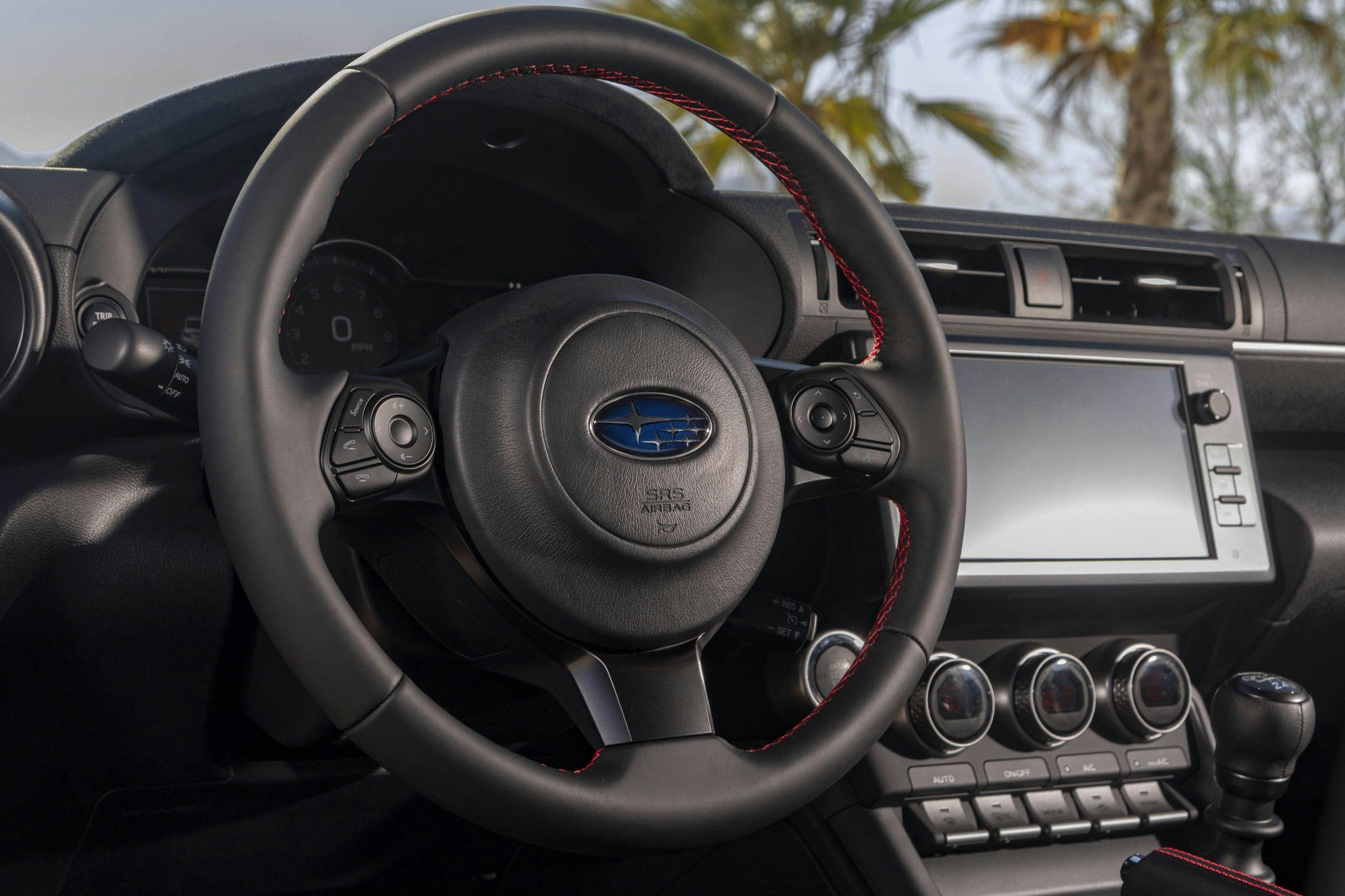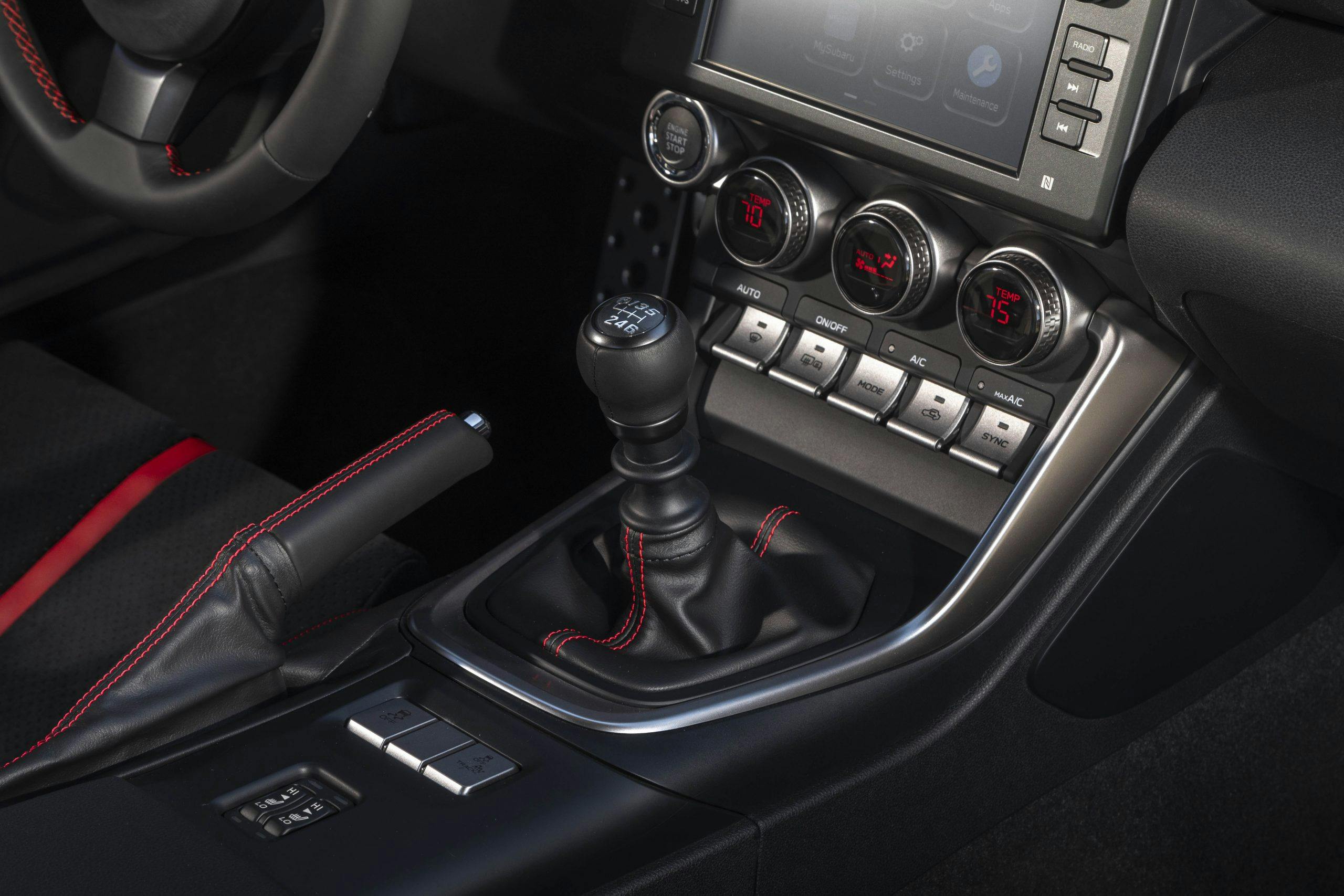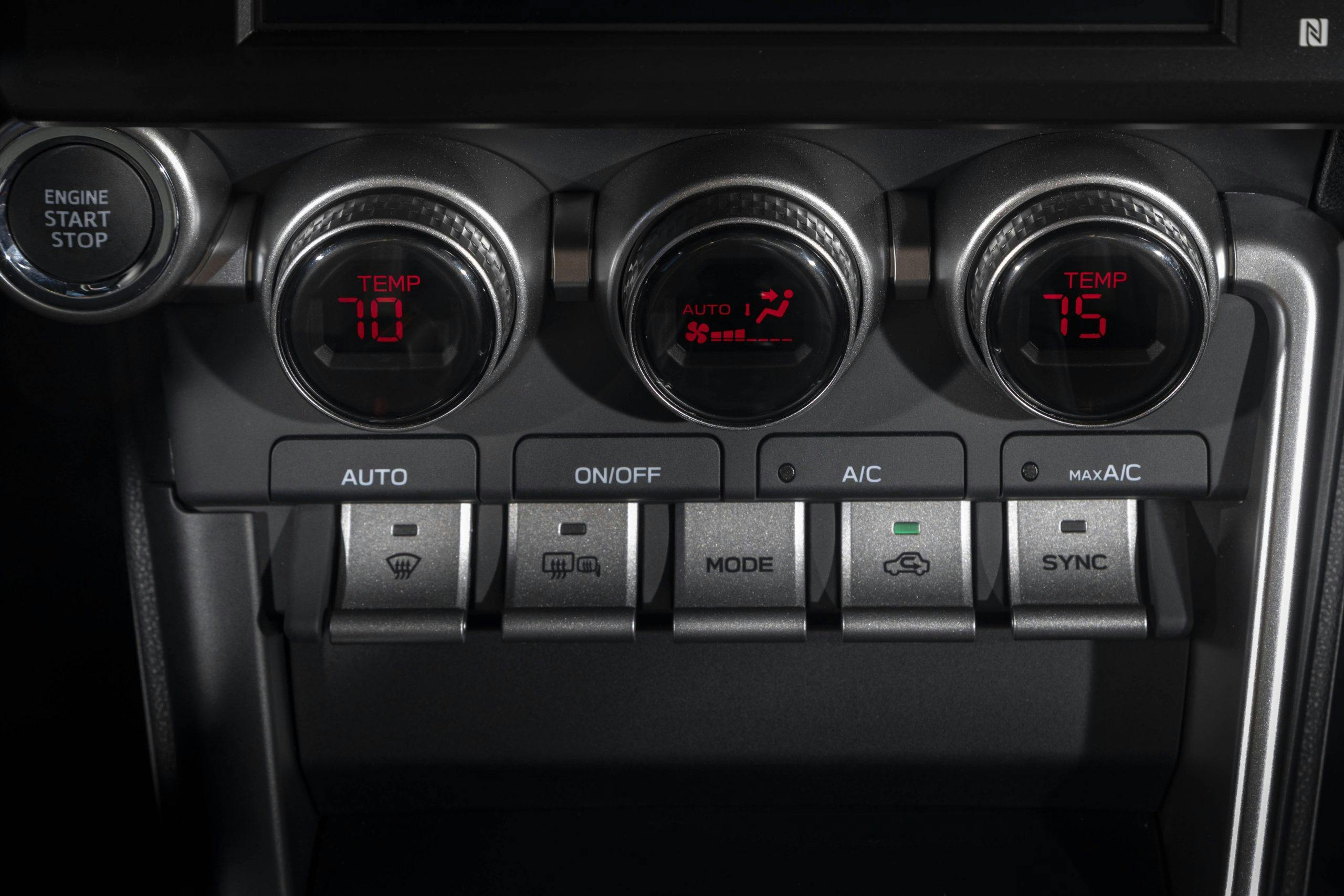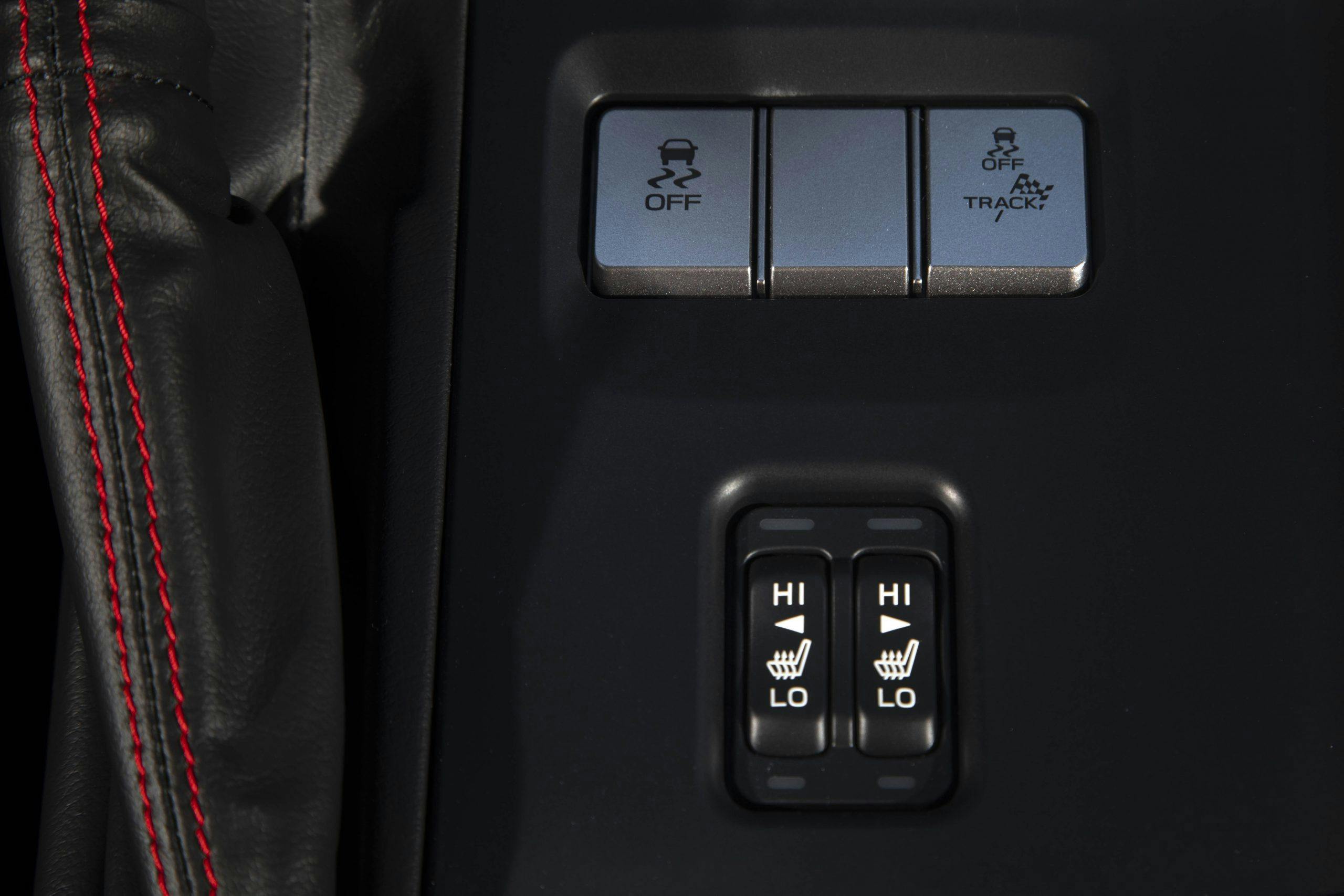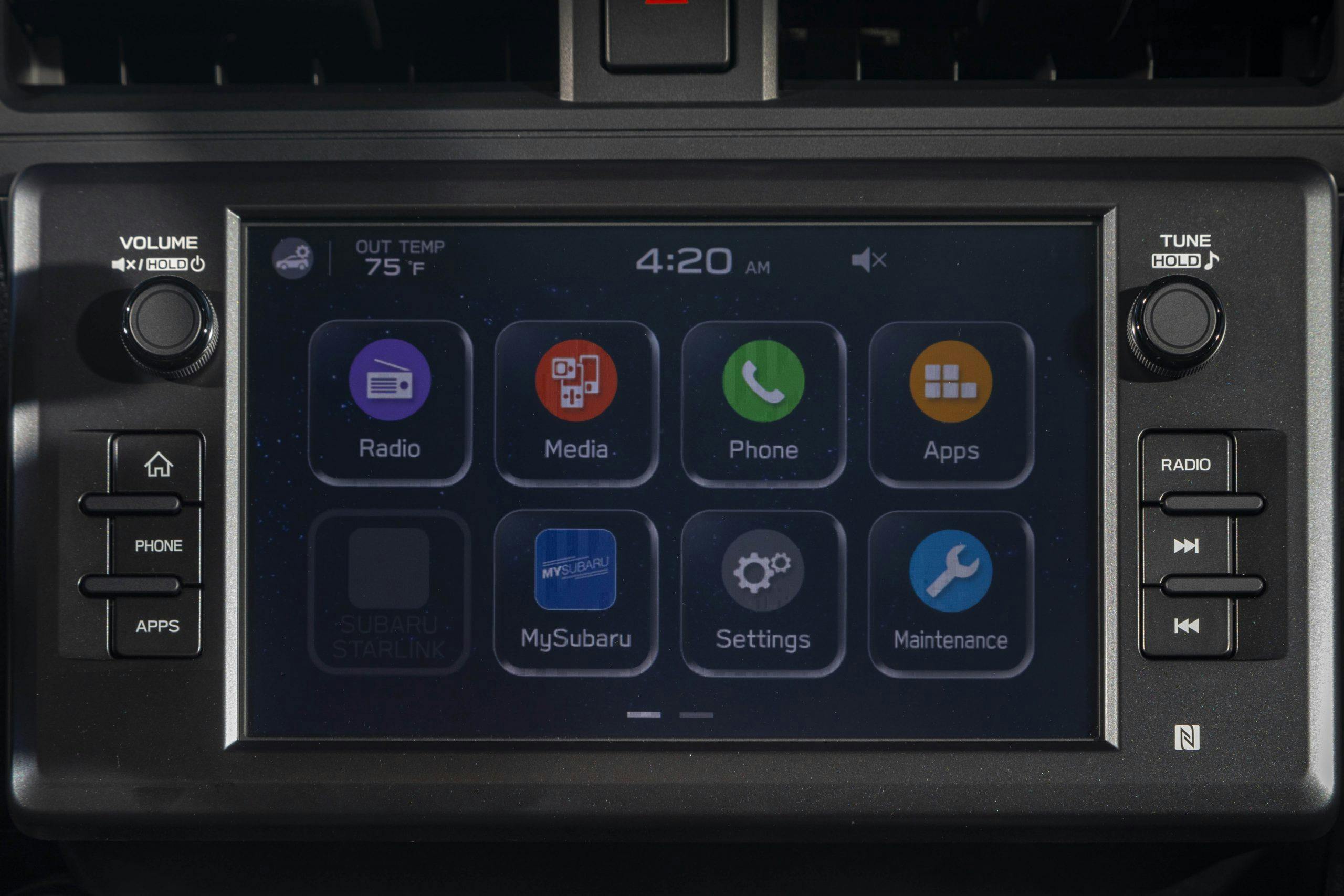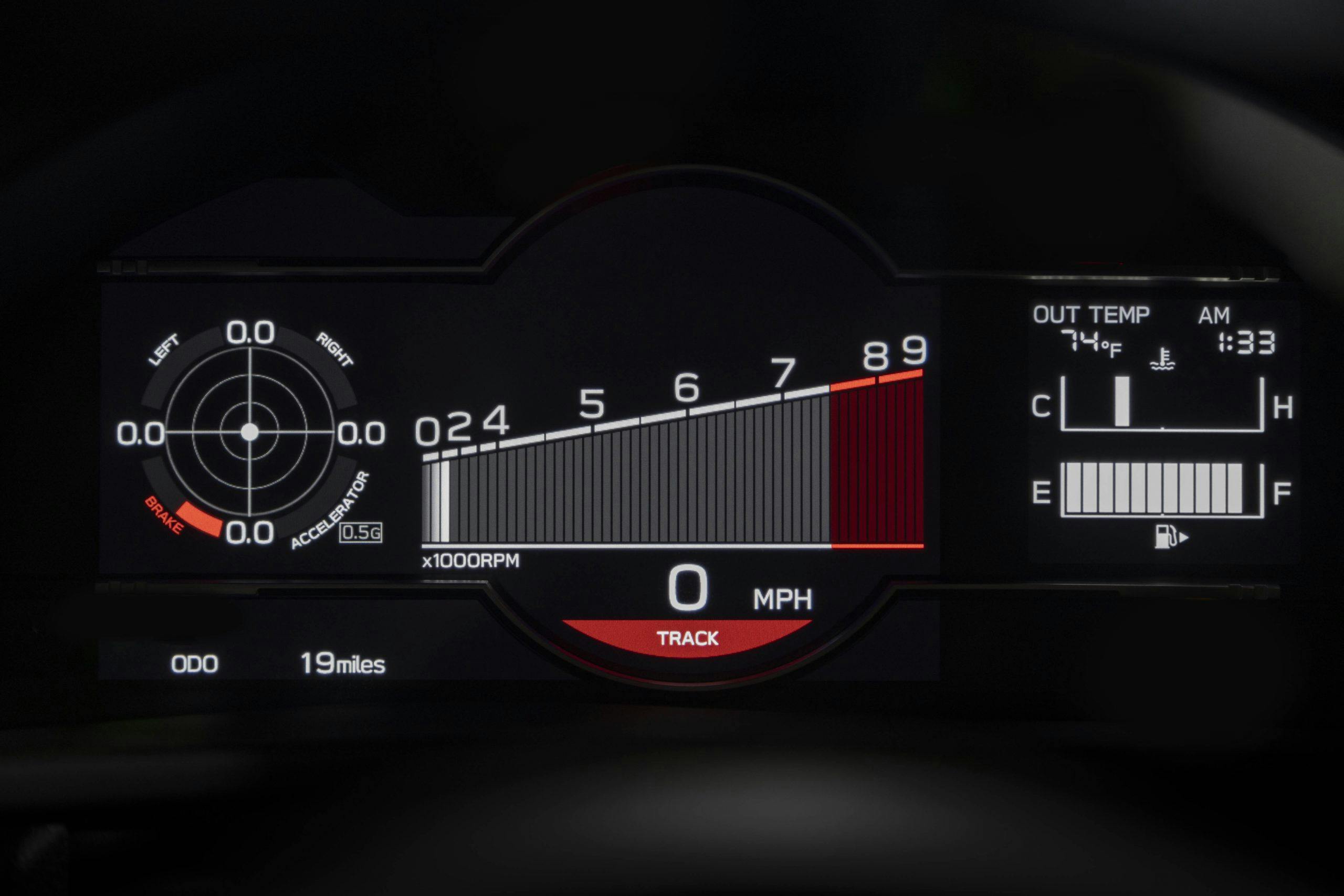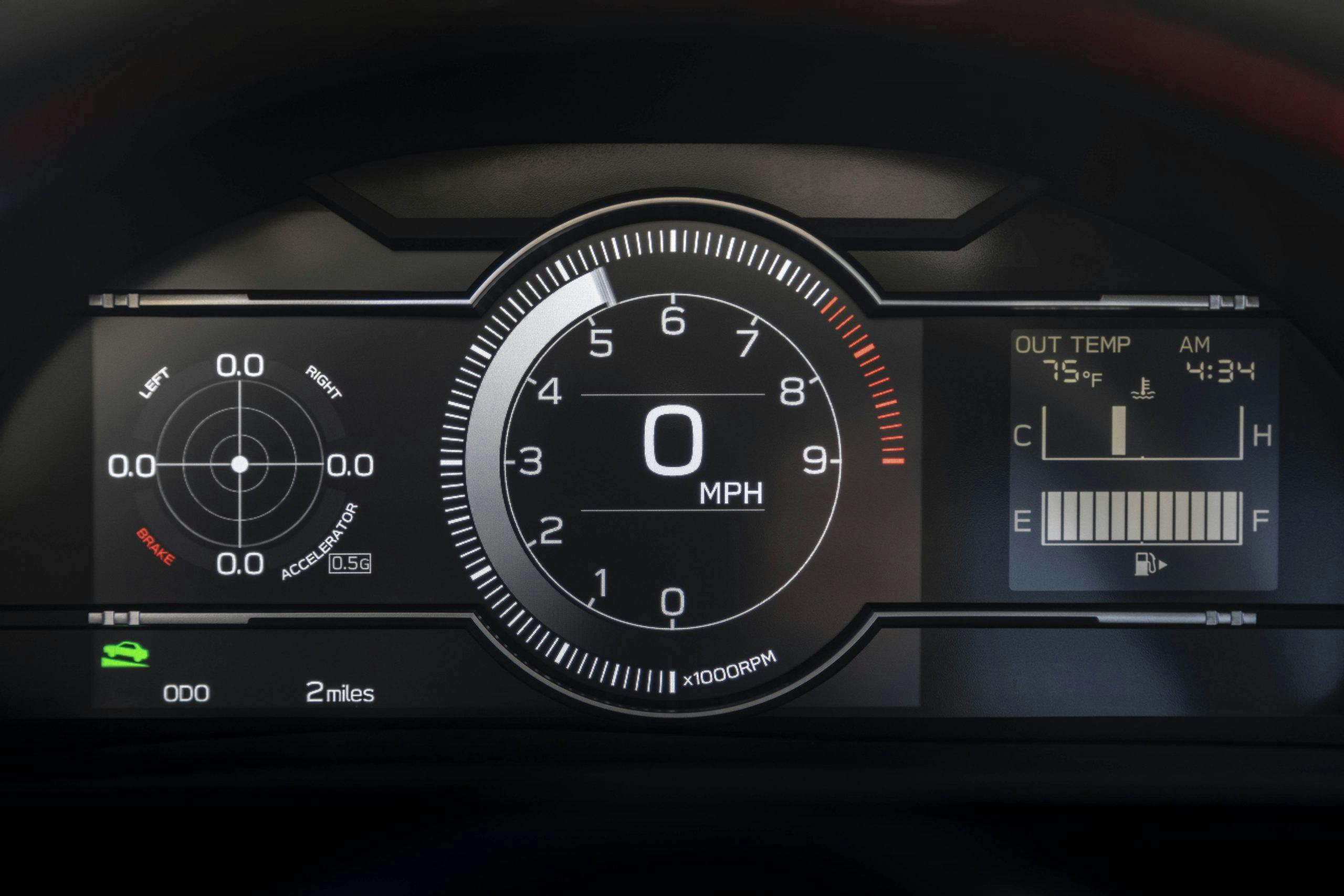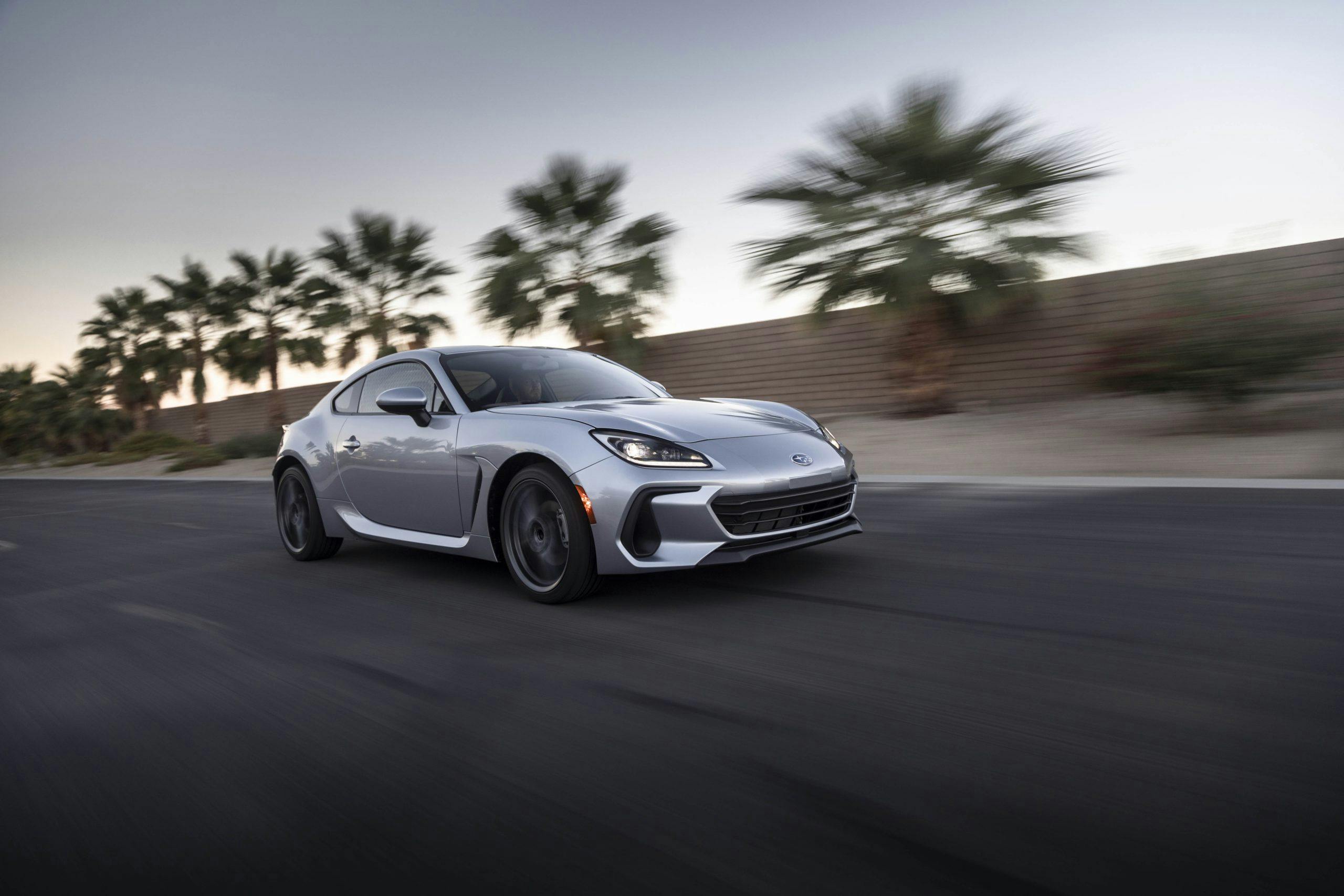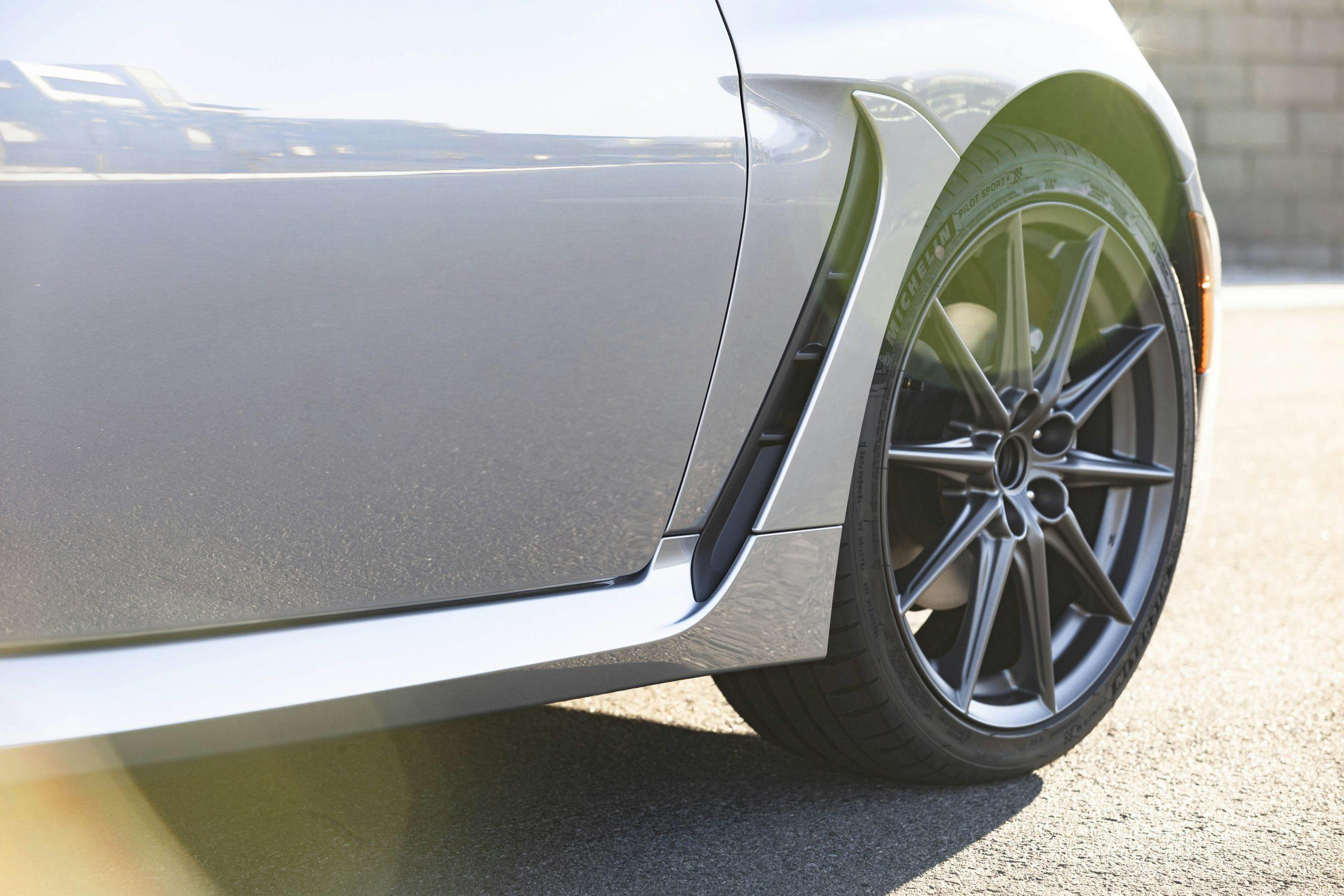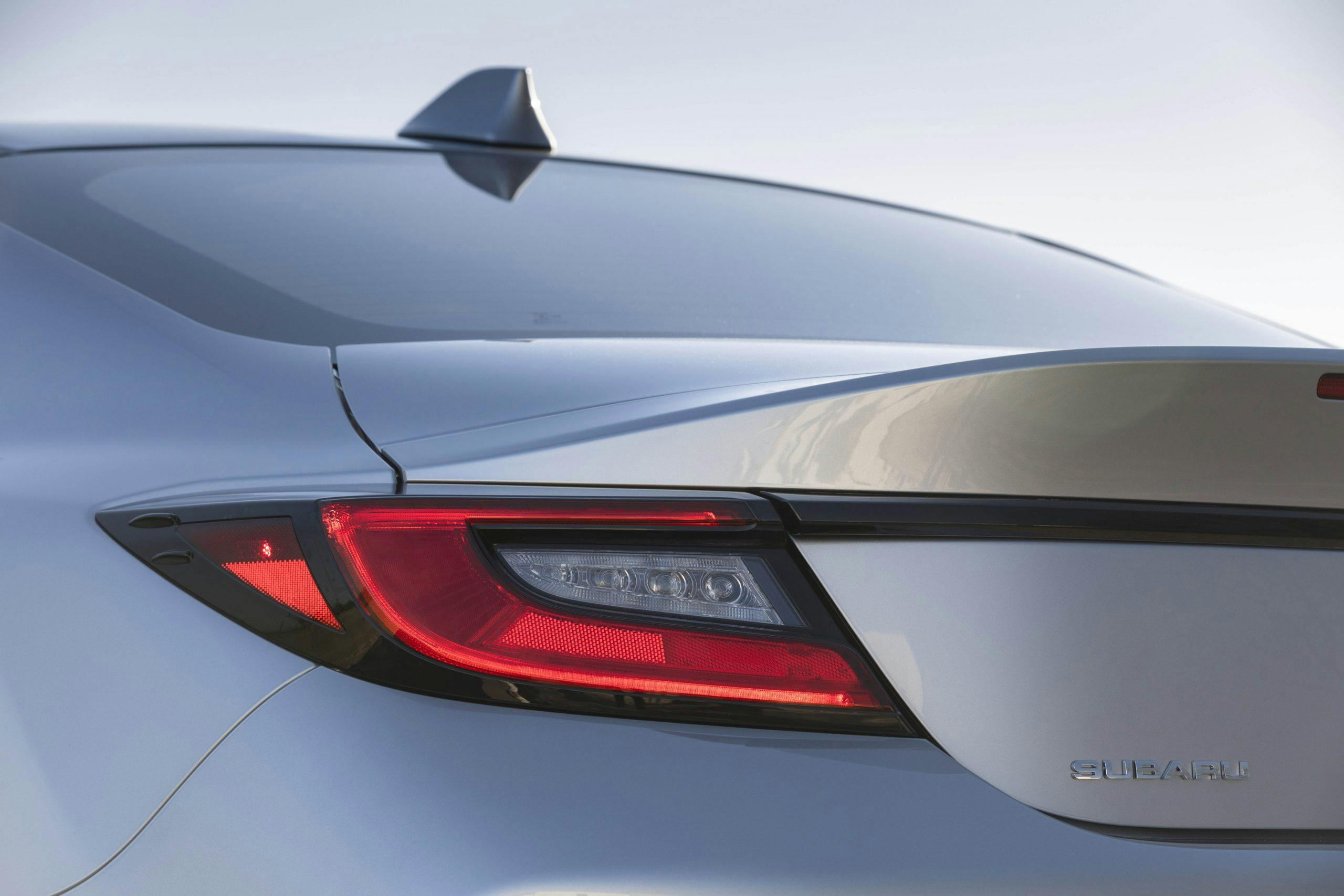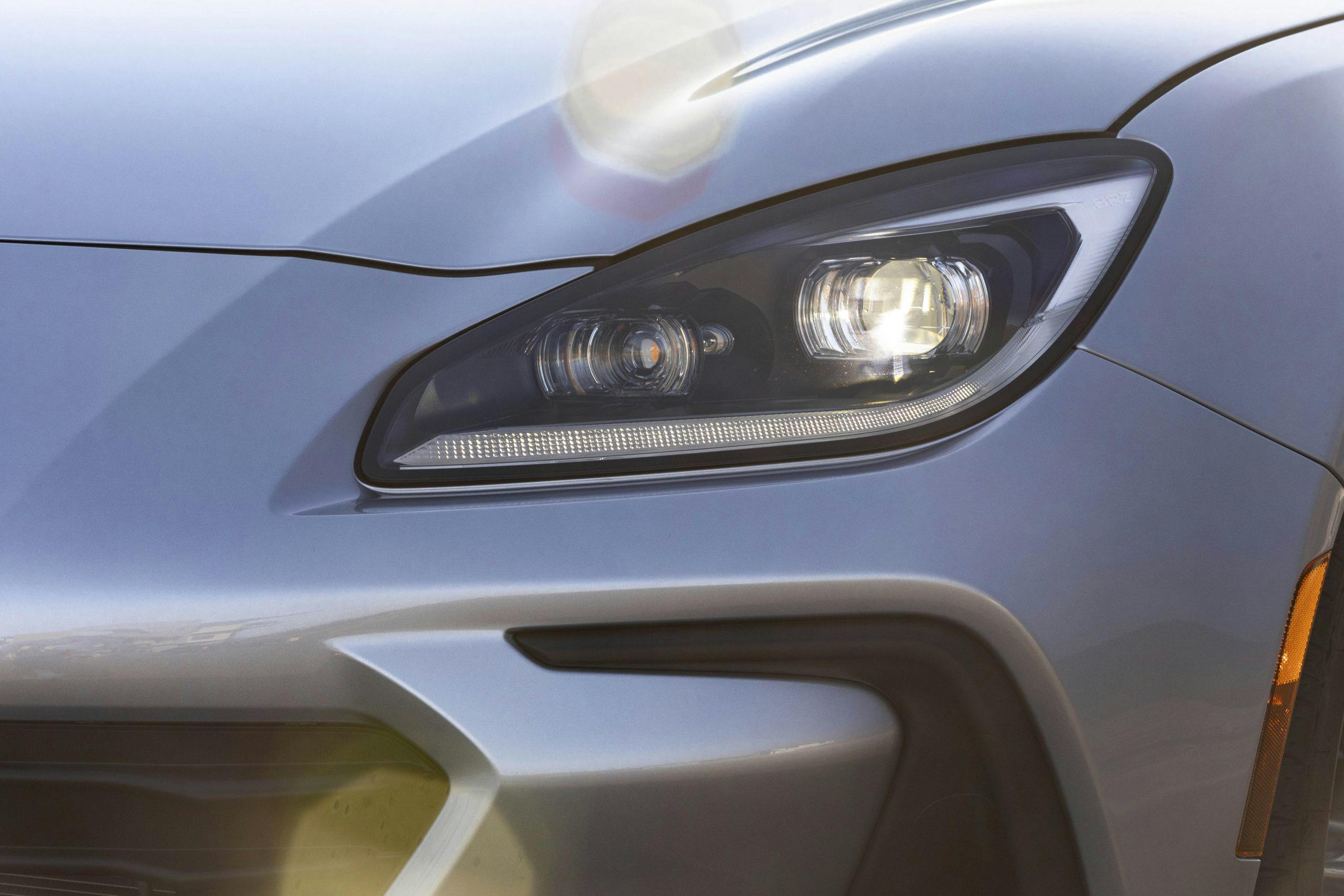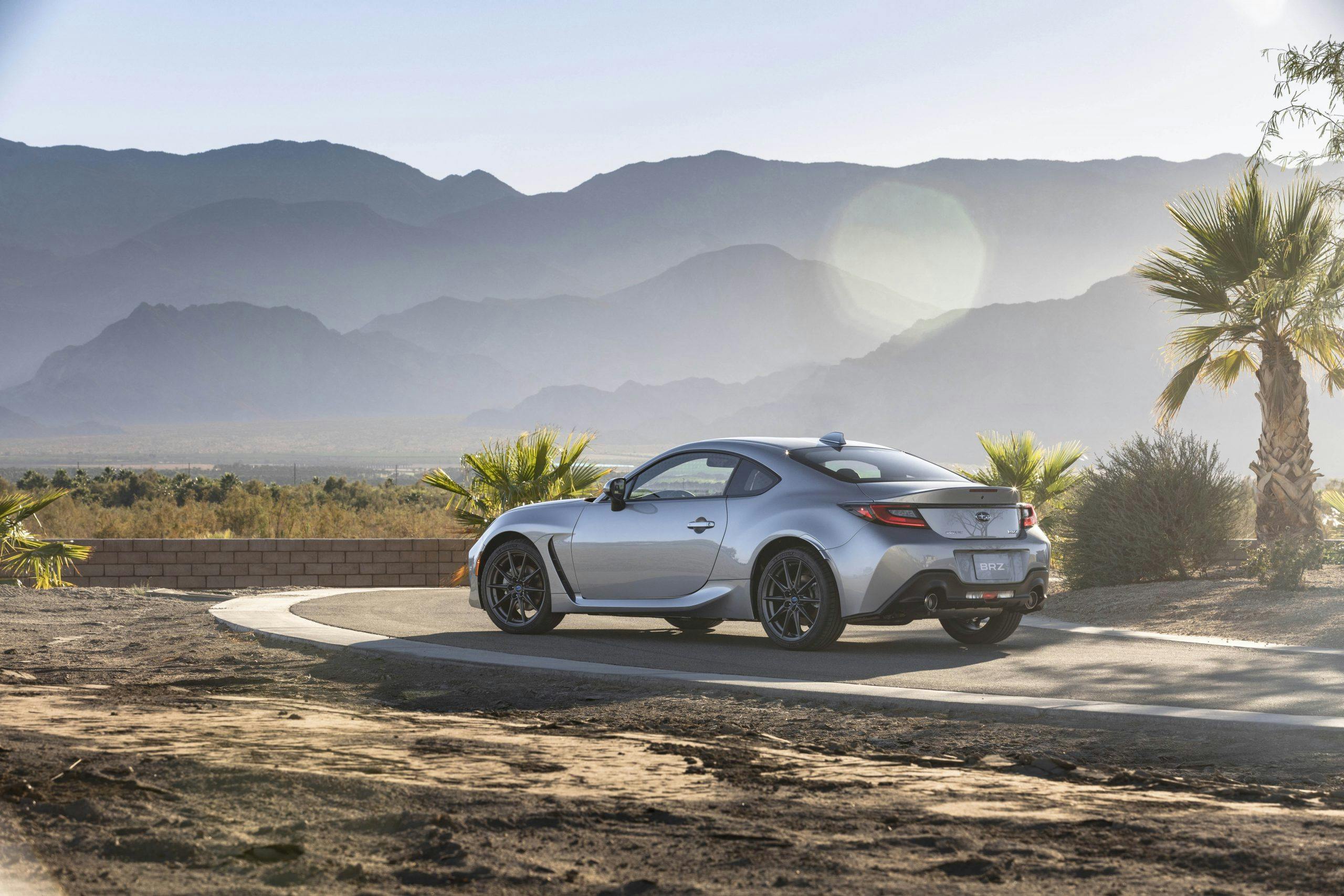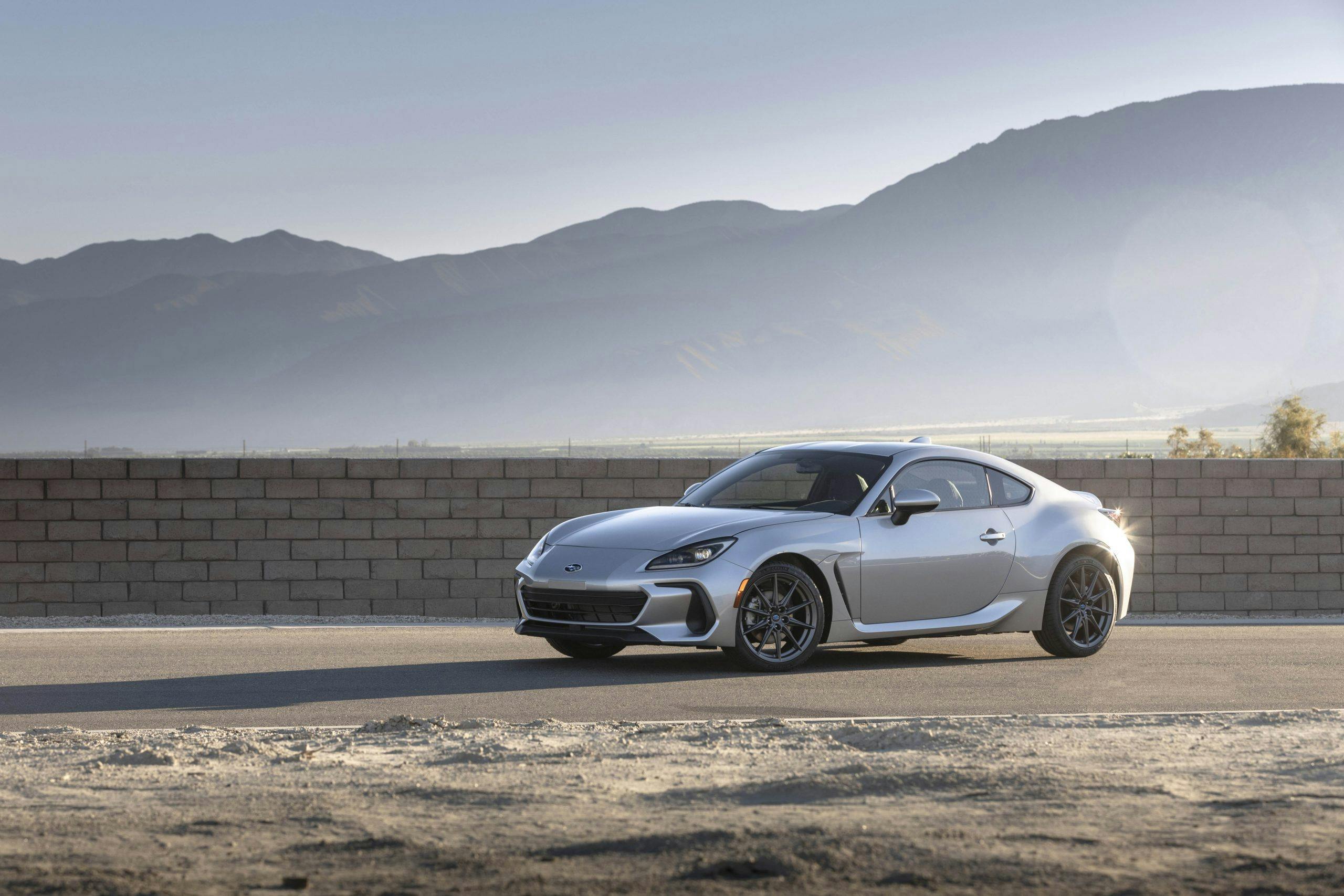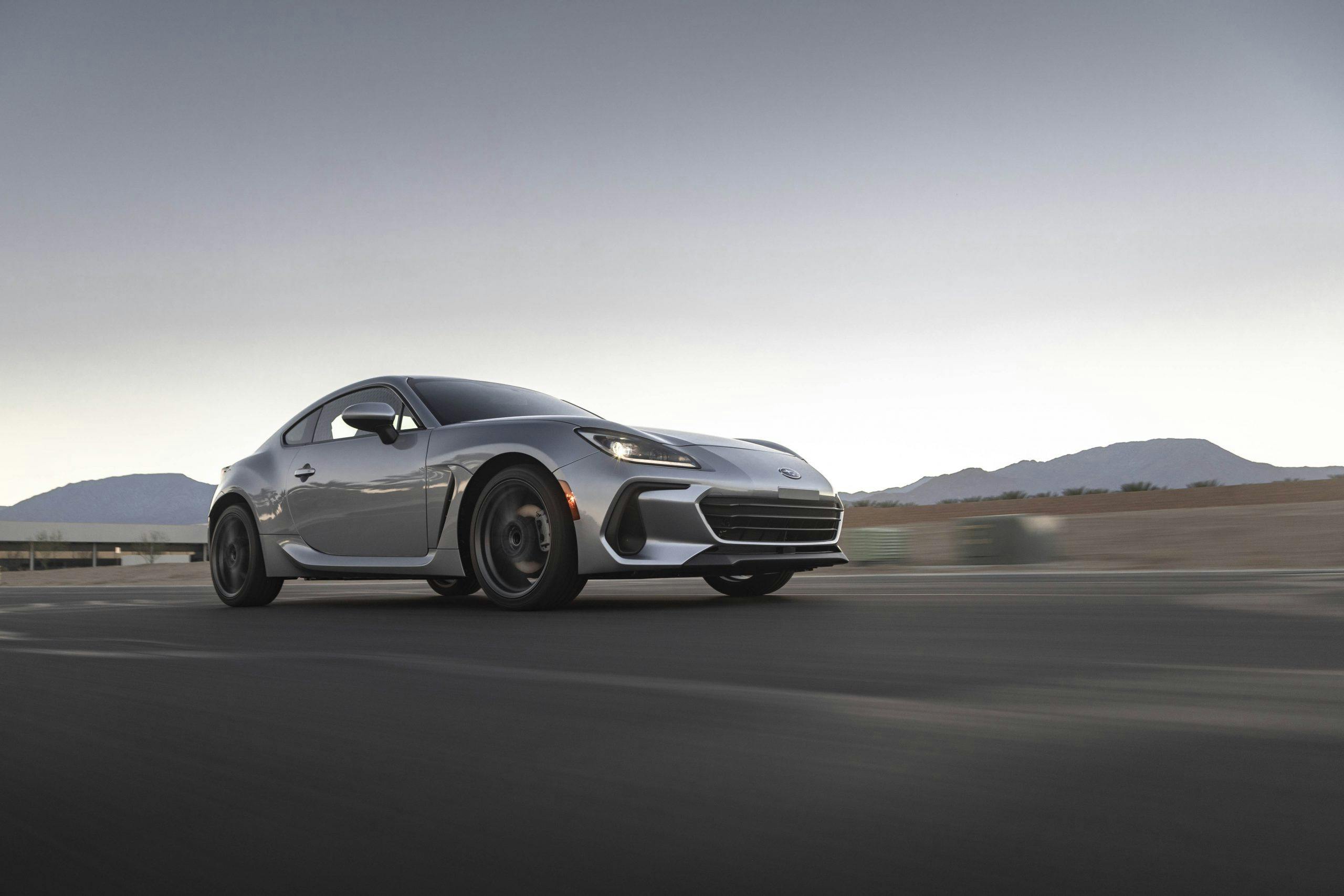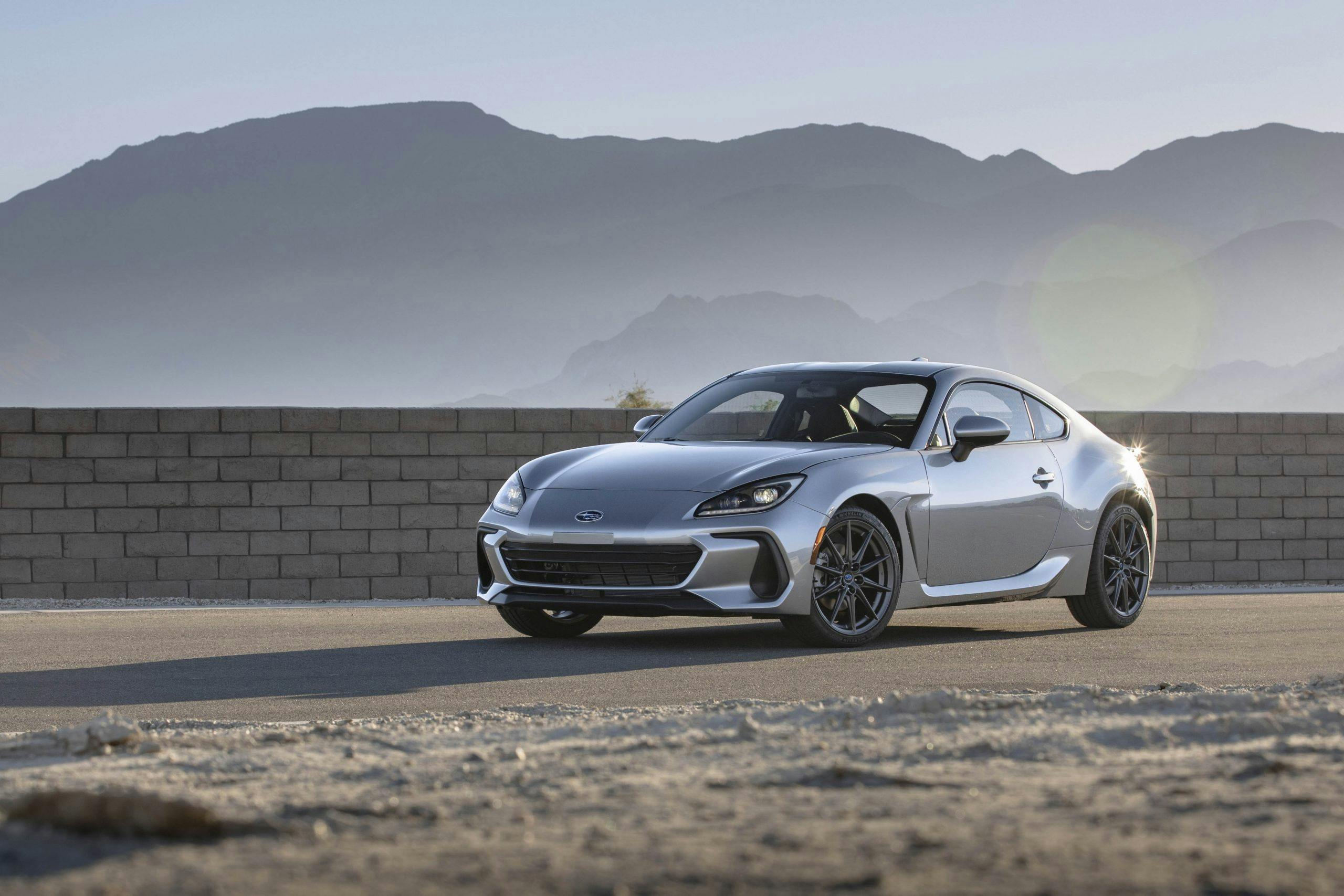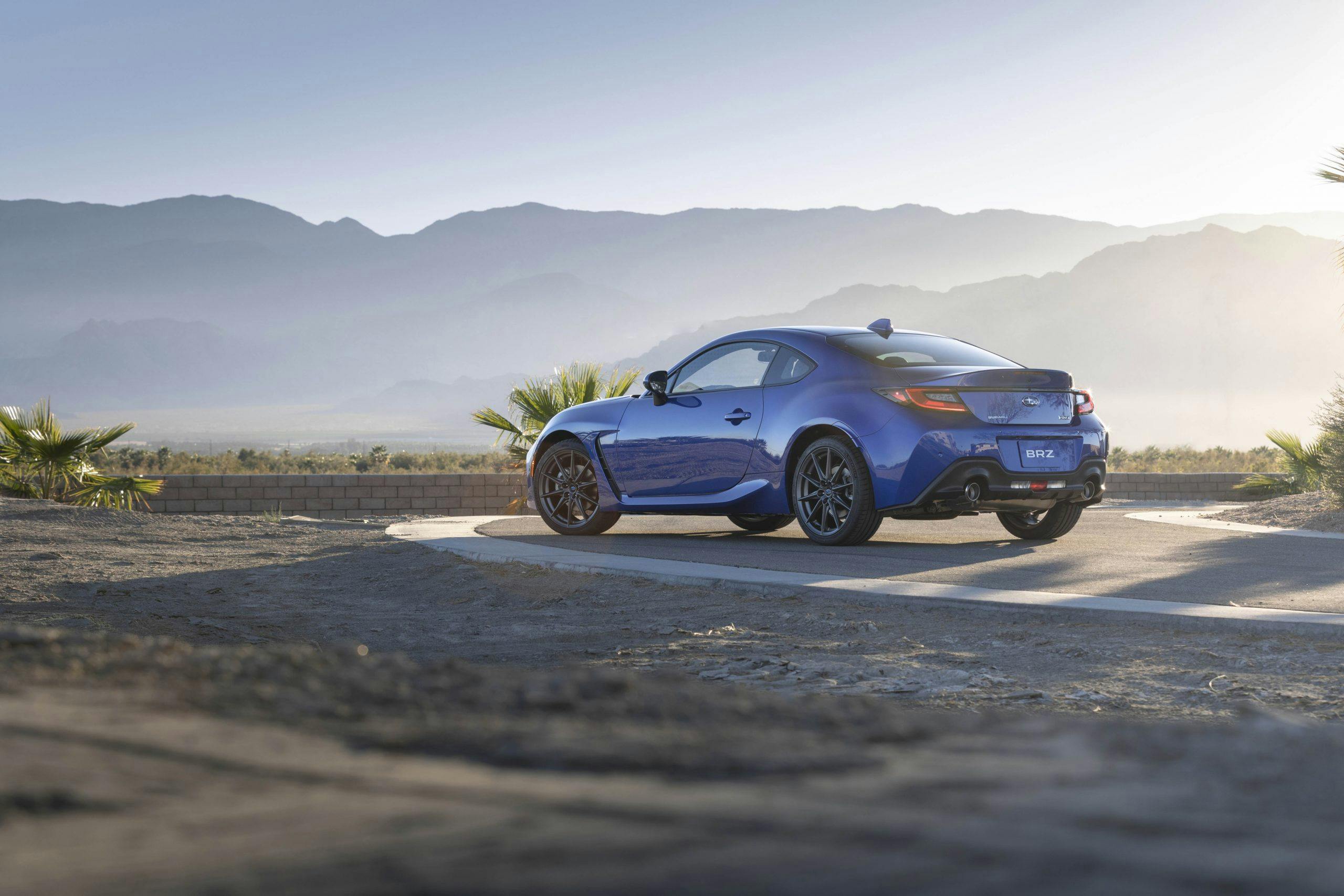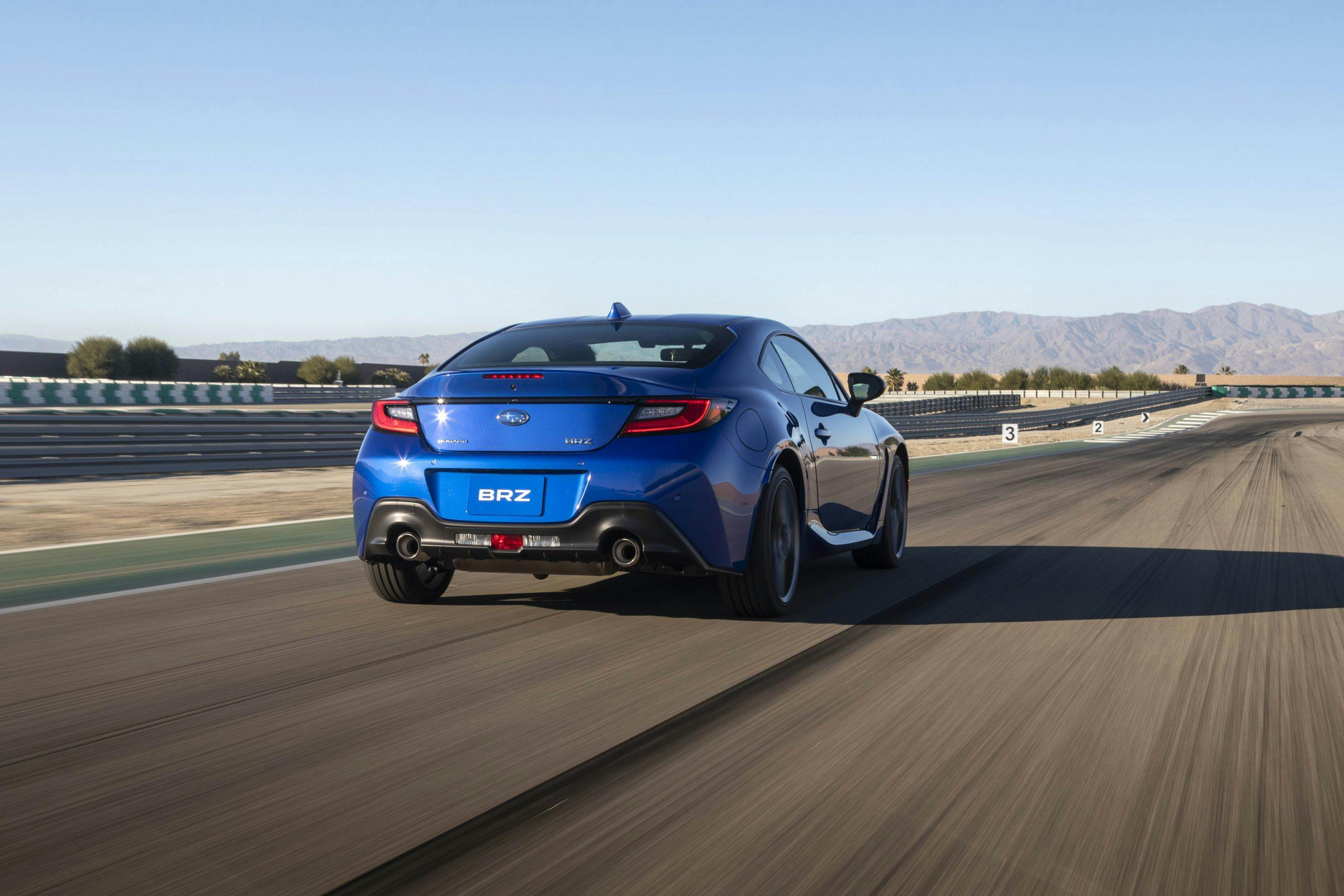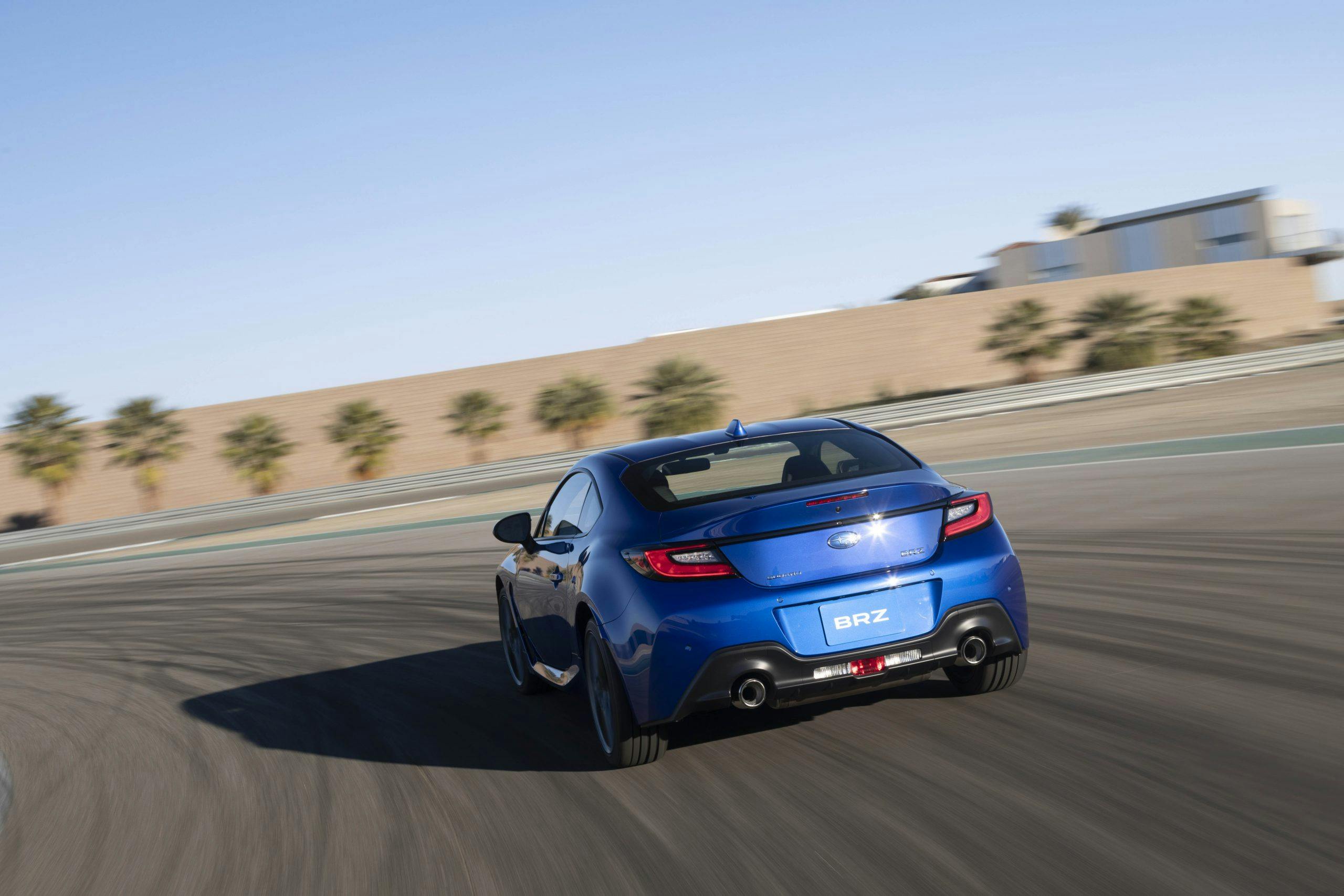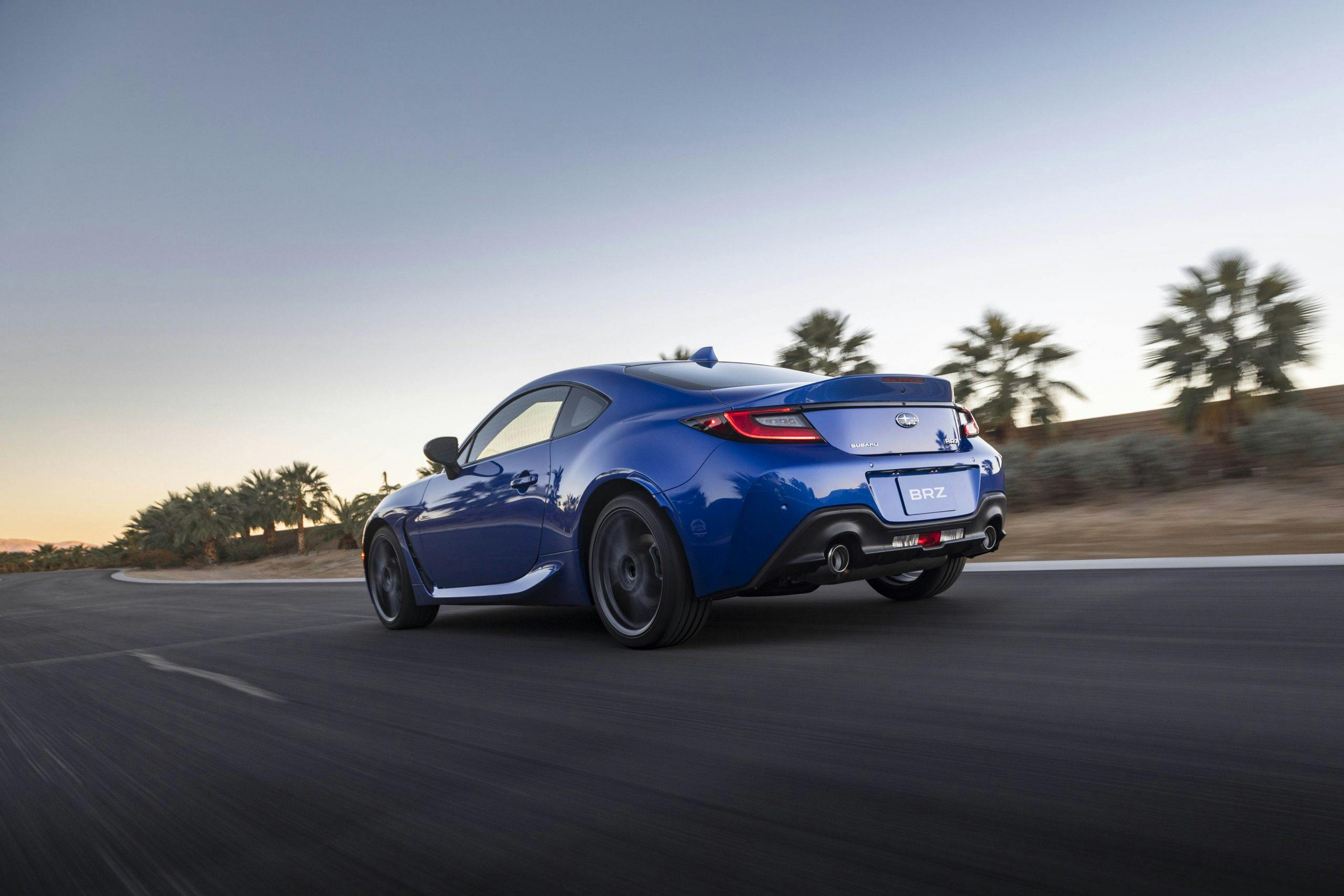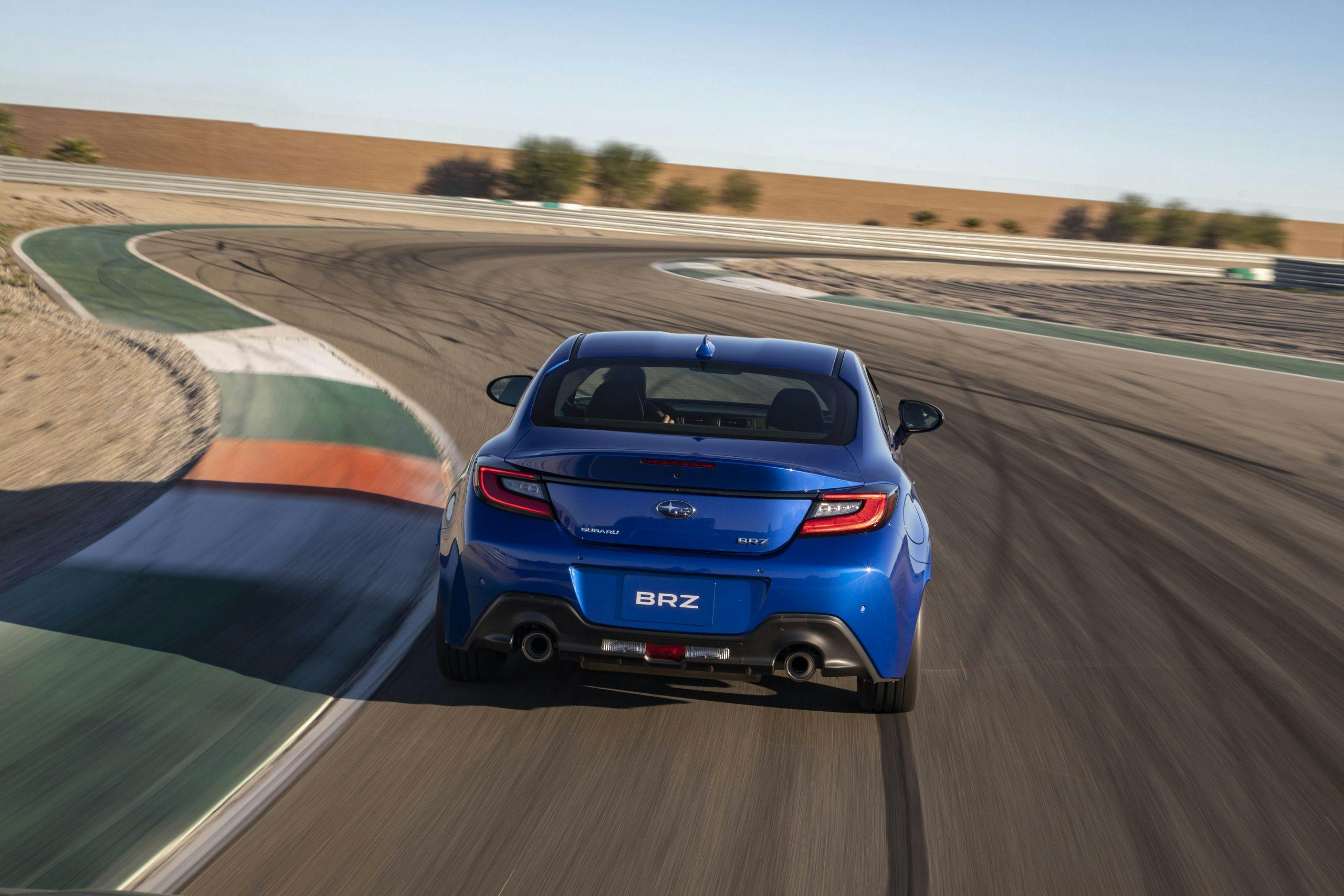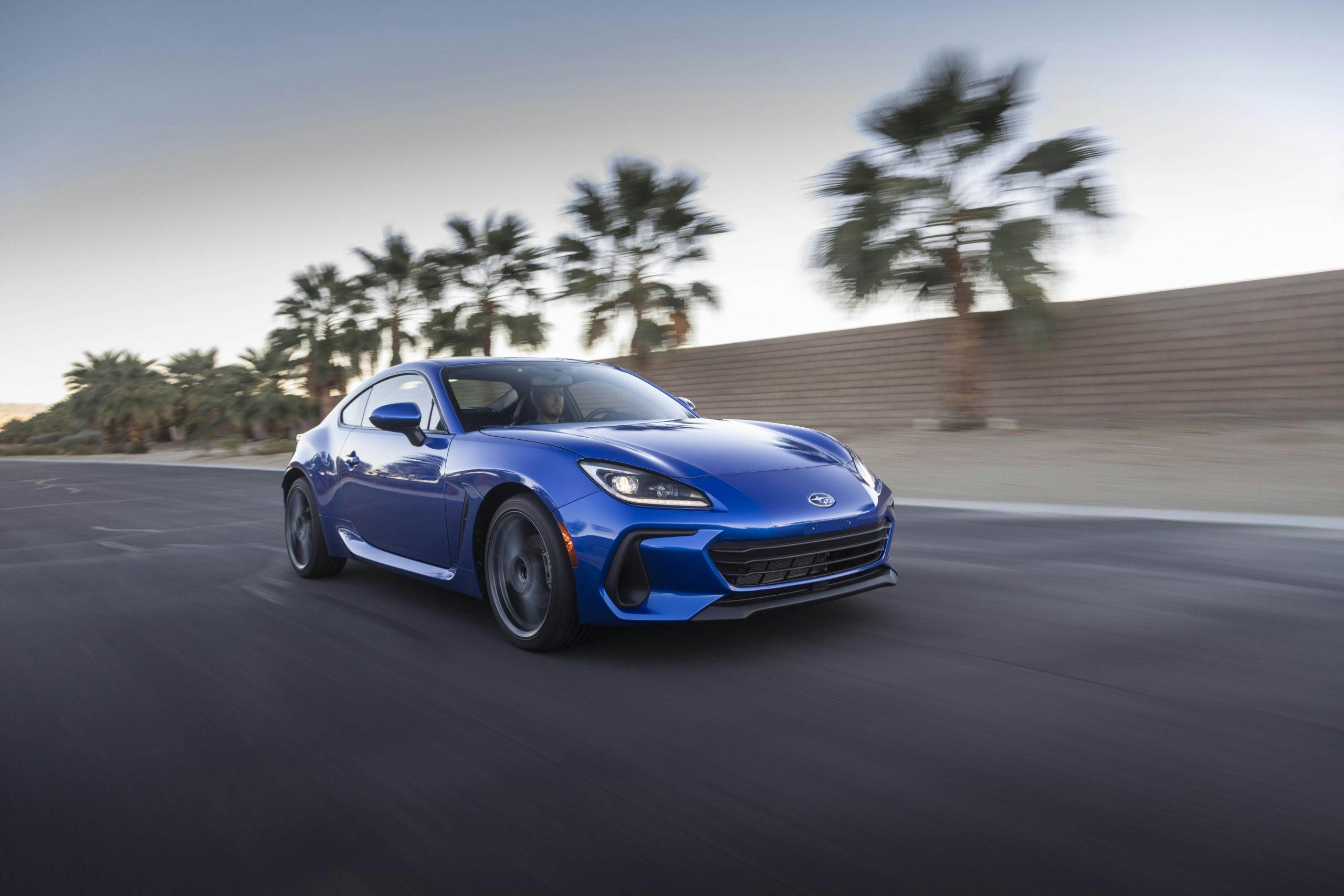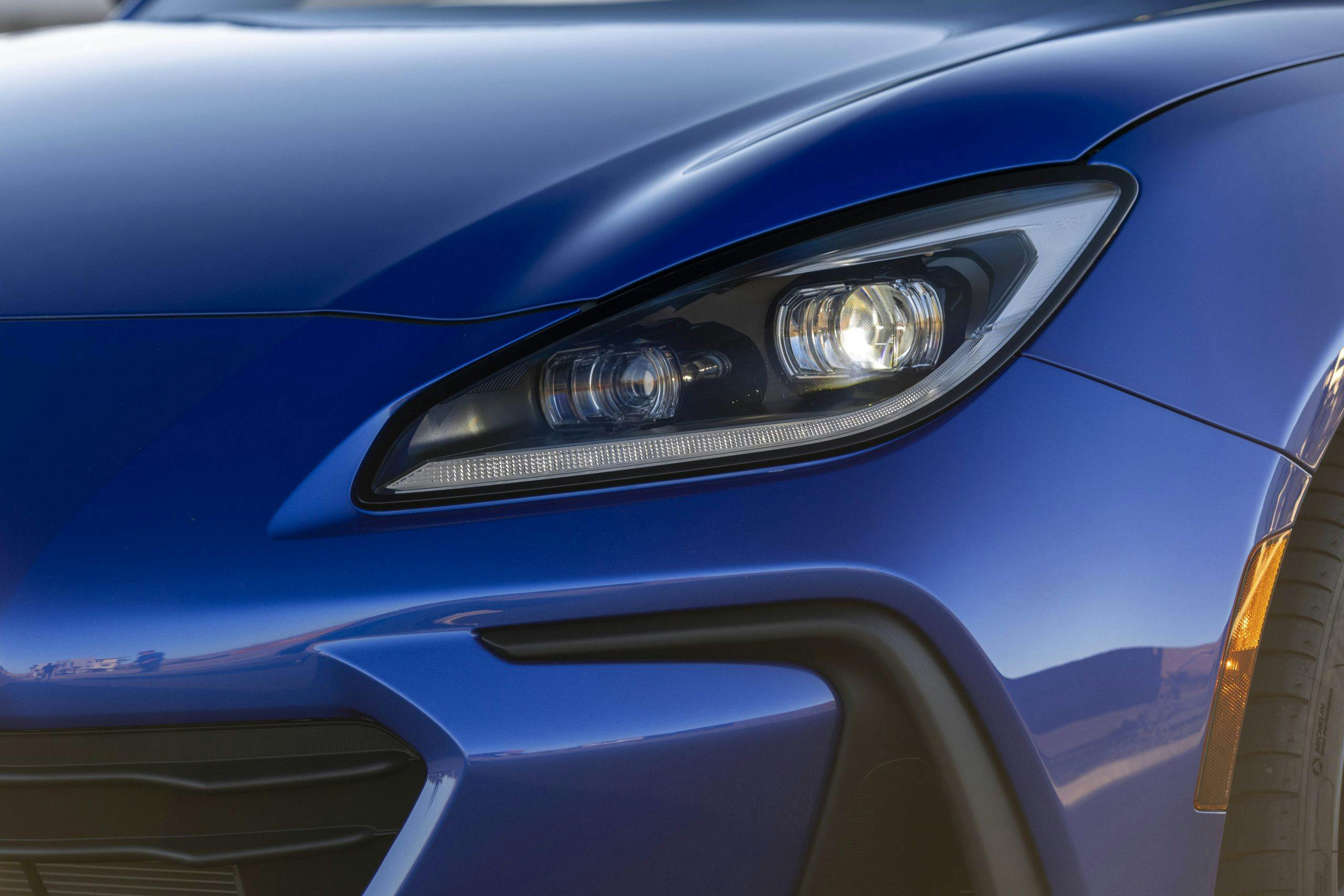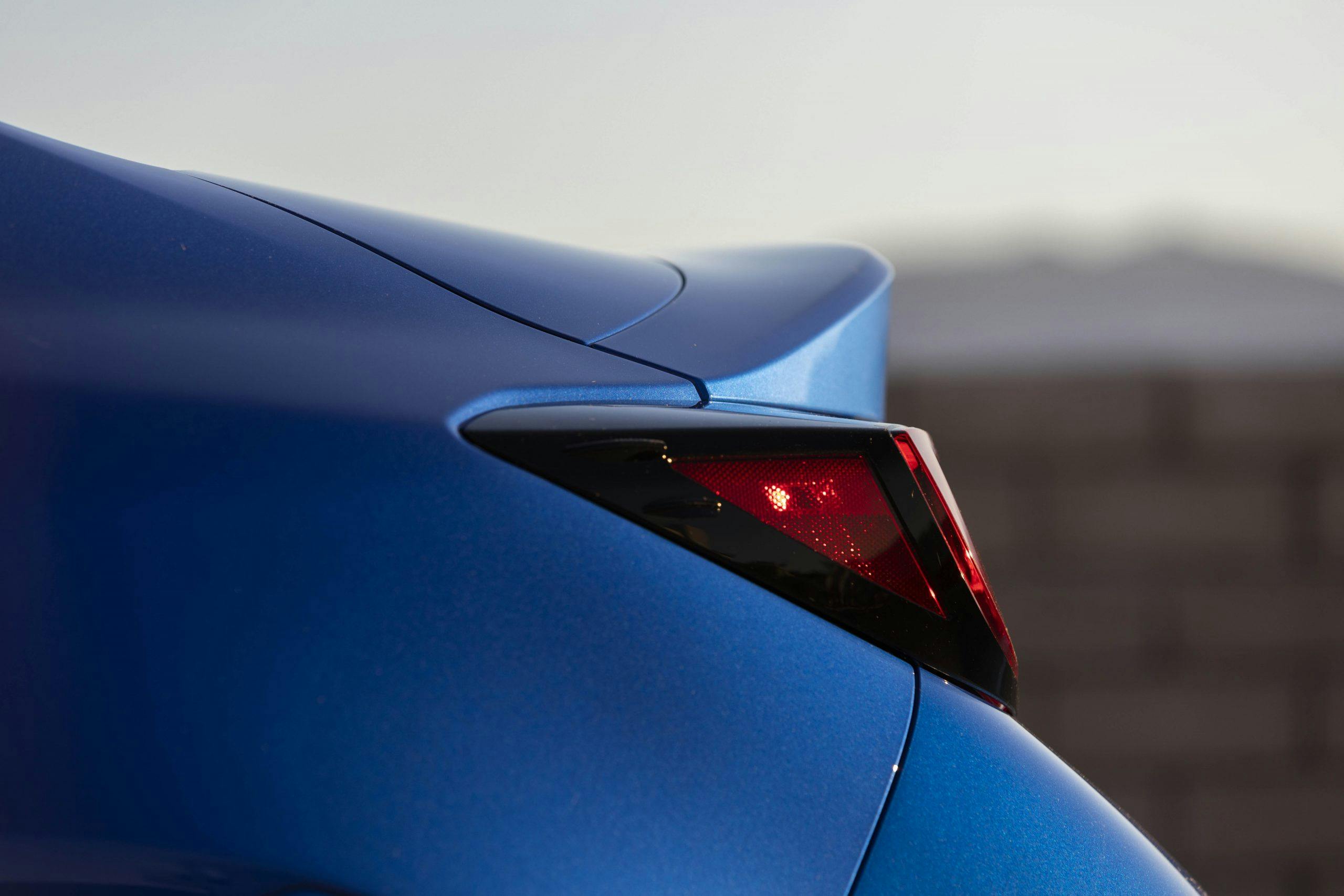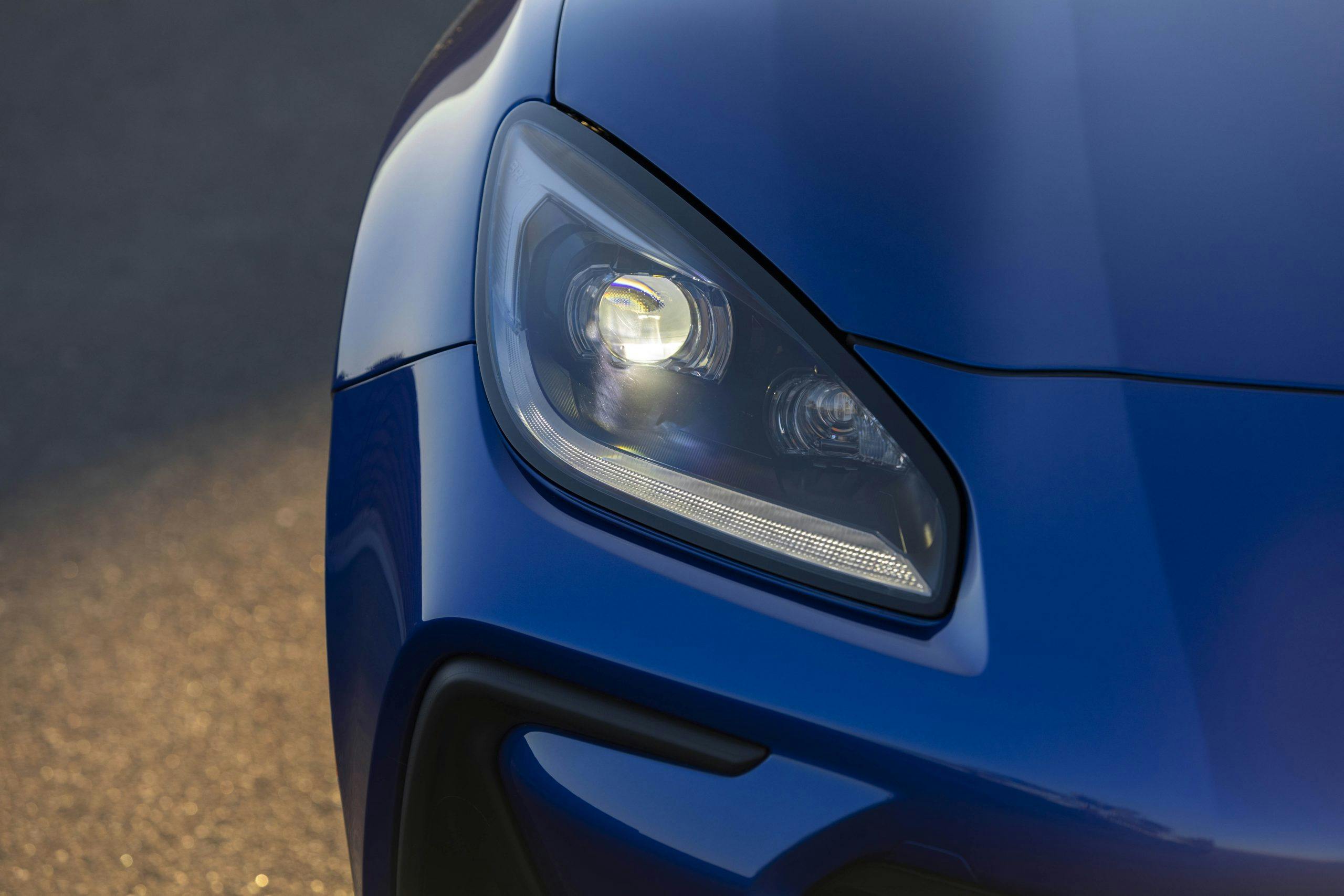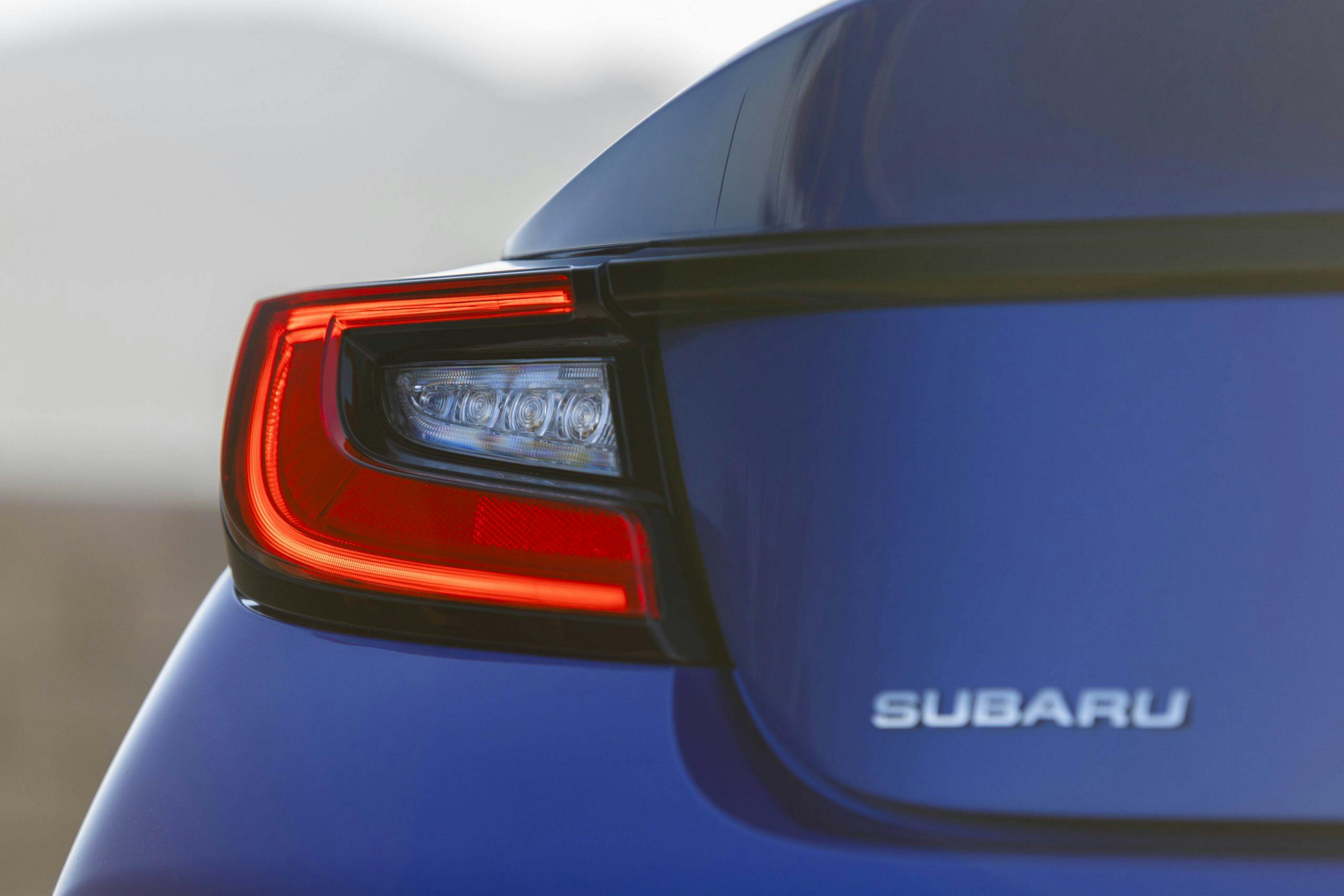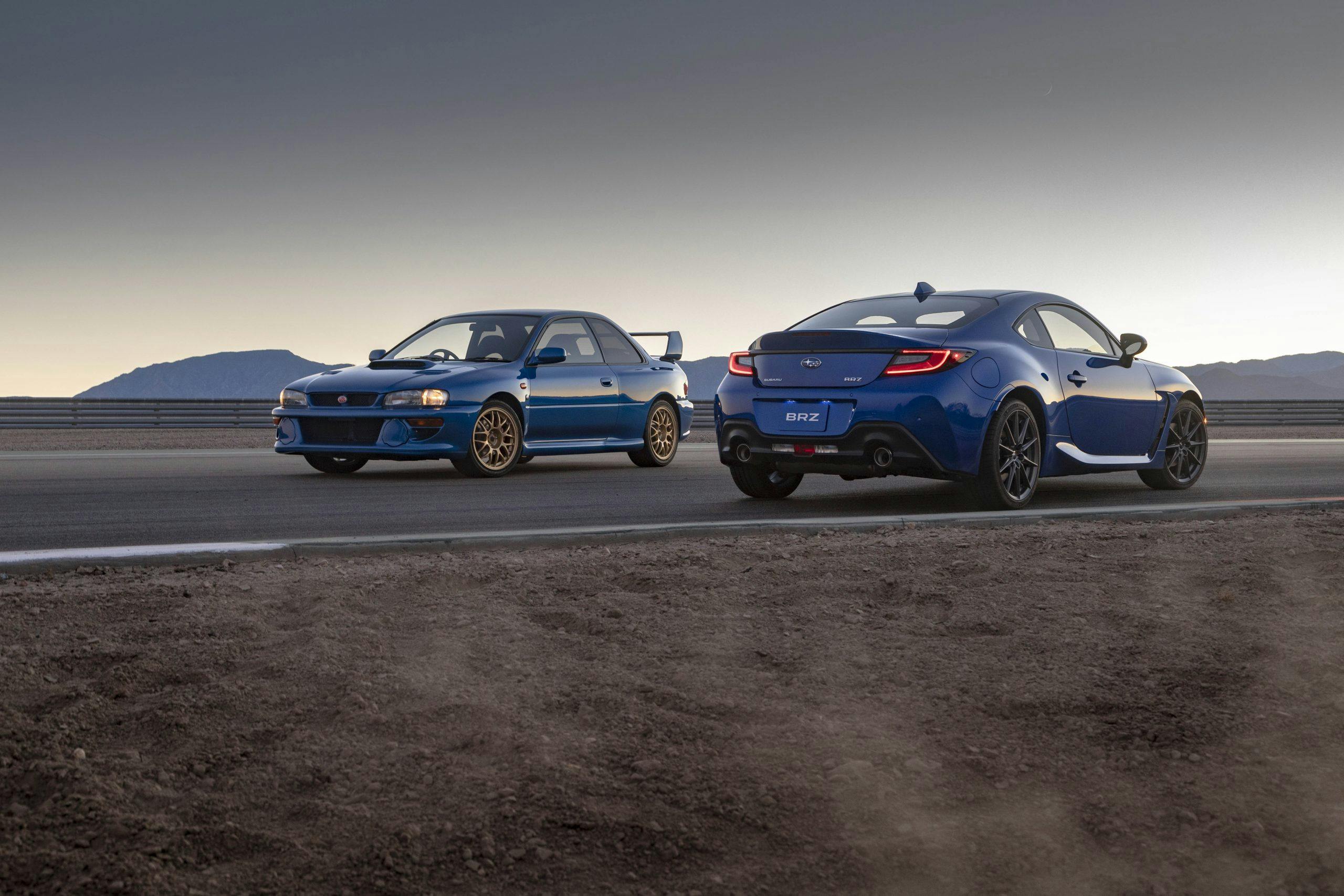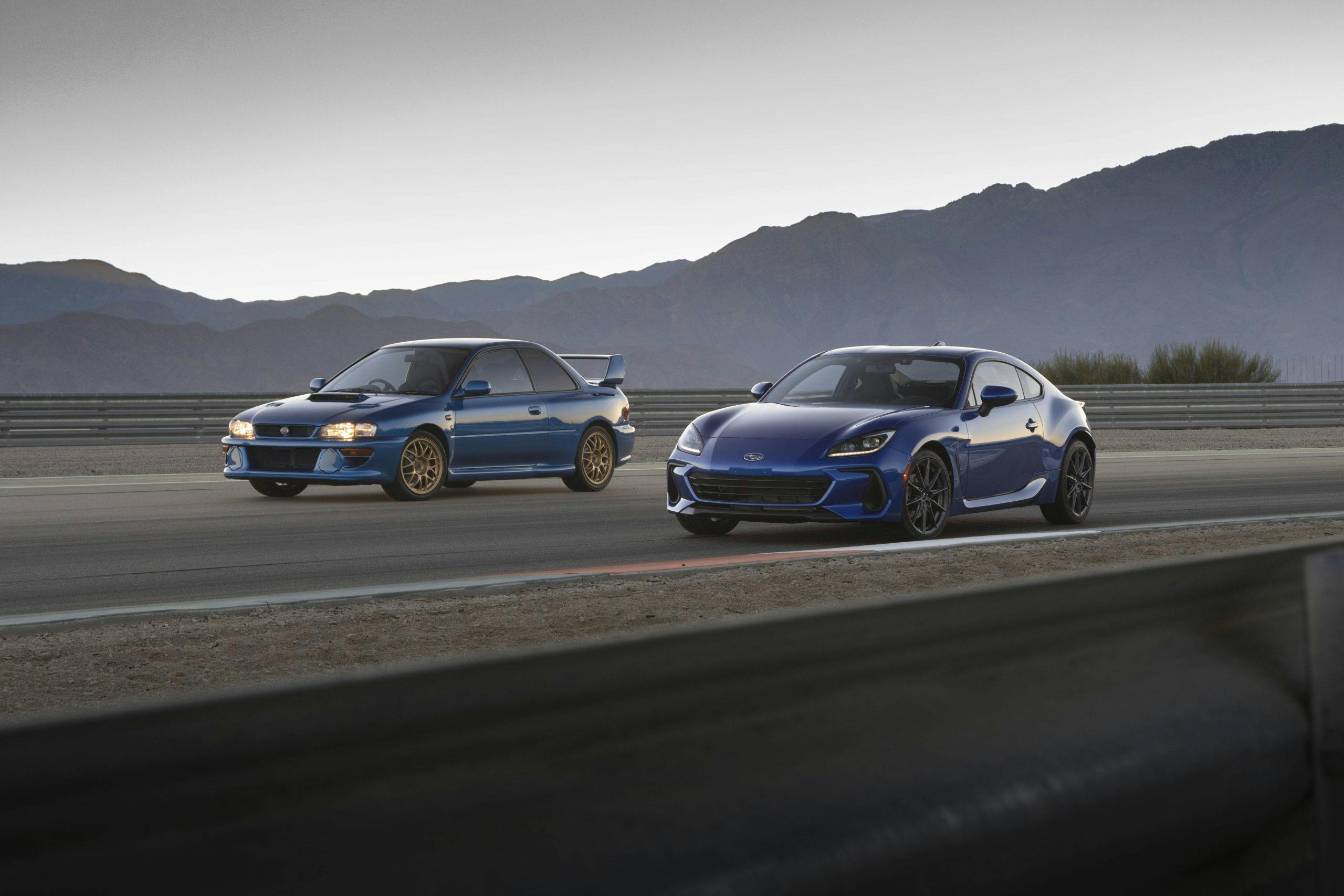Revealed: 2022 Subaru BRZ
These days, with the cares of a troubled world weighing heavily on the rapidly electrifying auto industry, any spare dimes spent on sports cars are rare and precious. So it’s gratifying to see that Subaru and Toyota have been back in the kitchen cooking up a refreshed version of their rear-drive BRZ/86 sports coupe with a recipe that matures the car in all the ways that matter without adding much to its weight. Rejoice in their triumph.
Subaru went first and pulled the sheet off its BRZ this week, due in showrooms almost a year from now, in the early fall of 2021. The styling overhaul and mechanical changes are precisely what the car needed. The dimensions of the old car remain roughly the same, the BRZ growing overall by about an inch while the wheelbase gets another 0.2 inch. The somewhat angular design of the original has softened, the body plumping out in all the right places to create more curve and a more athletic stance.
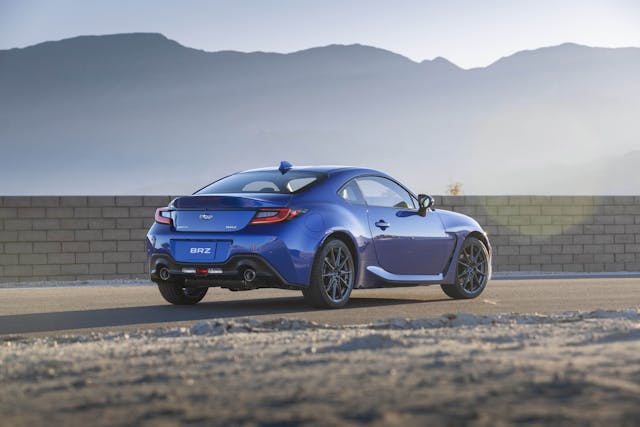
A major goal was to keep the weight and price creep to a minimum, so the BRZ’s engine bay remains a turbo-free zone. Under the hood, the old 205-hp 2.0-liter flat-four has been replaced with a sporting, 228-hp version of the Subaru Ascent’s 2.4-liter boxer four, still employing the Toyota D4S port- and direct fuel injection system. The torque also rises, from 156 lb-ft in the 2020 model to 184 lb-ft in the new car. The option of a six-speed manual or a six-speed automatic remains.
As with the first-generation Subaru BRZ/Scion FR-S/Toyota 86, the two partnering automakers divided their labors along the same lines: Toyota did the exterior styling and interior packaging, while Subaru engineered the car and builds it in Gunma, Japan. The new car definitely benefits from Toyota’s recent letting of its hair down in the styling department since it produced that first BRZ/86 for the 2013 model year. The face is more serious now, the vents having a real purpose to flush air into the brakes and out the side gills in the cheeks. The sophisticated surface development around those gills, as well as at the rear wheels, give the car the look of a cat balling up to pounce. But, unlike some of Toyota’s other recent efforts, the lines aren’t overcooked into a frantic fare-thee-well of needless slashes. This is Toyota’s (and Subaru’s) prettiest design in years.
Since the first BRZ debuted, Subaru is a changed company. Prosperity has brought confidence, and Subaru is no longer too shy to crow about its past racing glories. For years, scenes of the old 555-sponsored World Rally cars were entirely edited out of the company’s communications as it shifted its image emphasis away from the low-volume WRX and STI and toward the outdoorsy (and hotter-selling) Outback and Forester. Since then, Subaru has realized that its younger WRX/STI demographic plays well with its older Outback/Forester demographic and the company has decided to embrace both. Yay!
Fans of the BRZ are some of the first to benefit from this dynamic. Much of the core underbody remains changed in ways too subtle for average folk to notice. The old car stole bits from Subaru’s platforms of the day, and the new car likewise steals the newer components from Subaru’s updated global architecture. The body assembly has changed, with a greater strategic use of adhesives to substitute for welding and rivets. Torsional rigidity is up 50 percent, the company says, in part due to the greater stiffness of glued-up body components.
The changes to the interior are evolutionary, but a new seven-inch center touch screen and all-digital dash gauges move the cockpit into the future. A track mode shifts the circular tach display into an F1-style bar graph while a g-meter can be toggled to appear. The track mode also relaxes the stability control to allow more sideways play (it can be shut off entirely if you dare). The seats are also slightly closer together to accommodate the body’s greater tumblehome, or the angle of the side glass, increased in the new car to put more emphasis on its lower curves. Moving the front buckets closer together also concentrates the weight of the passengers closer to the roll center.
Premium and Limited remain the two trim levels, the latter offered with the Subaru EyeSight Driver Assistance system if you opt for the automatic transmission (the two together signifying that you missed the point of this car entirely, but to each his or her own).
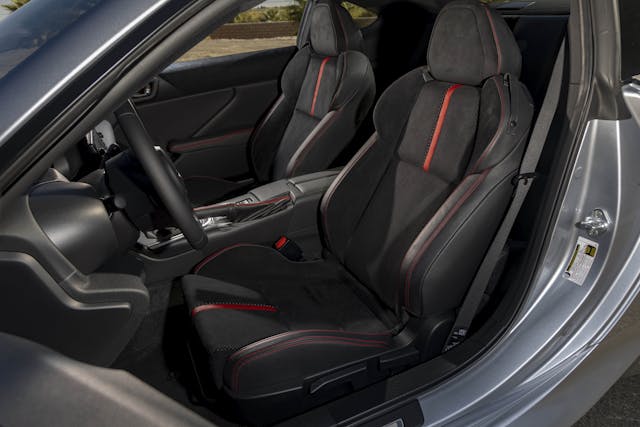
Formula 1 and rally vet Scott Speed was enlisted to chauffeur journalists on a very brief one-lap excursion around a track in Thermal, California. What we can say from the passenger seat is that the engine definitely feels and sounds meatier, though the redline has dropped from 7400 rpm in the old car to 7000 in the 2021 car. When you have torque, you don’t need revs as much. Also, the spec’ing of Michelin Pilot Sport 4 tires on the optional 18-inch wheels creates all kinds of fresh grip where the cheaper Bridgestones of the previous car were slap-happy sliders.
All in all, the BRZ is more serious, more mature, more like a mini Nissan Z than the frisky but slightly awkward newcomer it was back in 2012. Subaru wasn’t ready to announce prices, but its people assure us the focus in development was on keeping the car affordable with a sub-$30,000 base price. Weight, too, will come in under 2900 pounds.
This is the kind of auto industry news we need more of.
